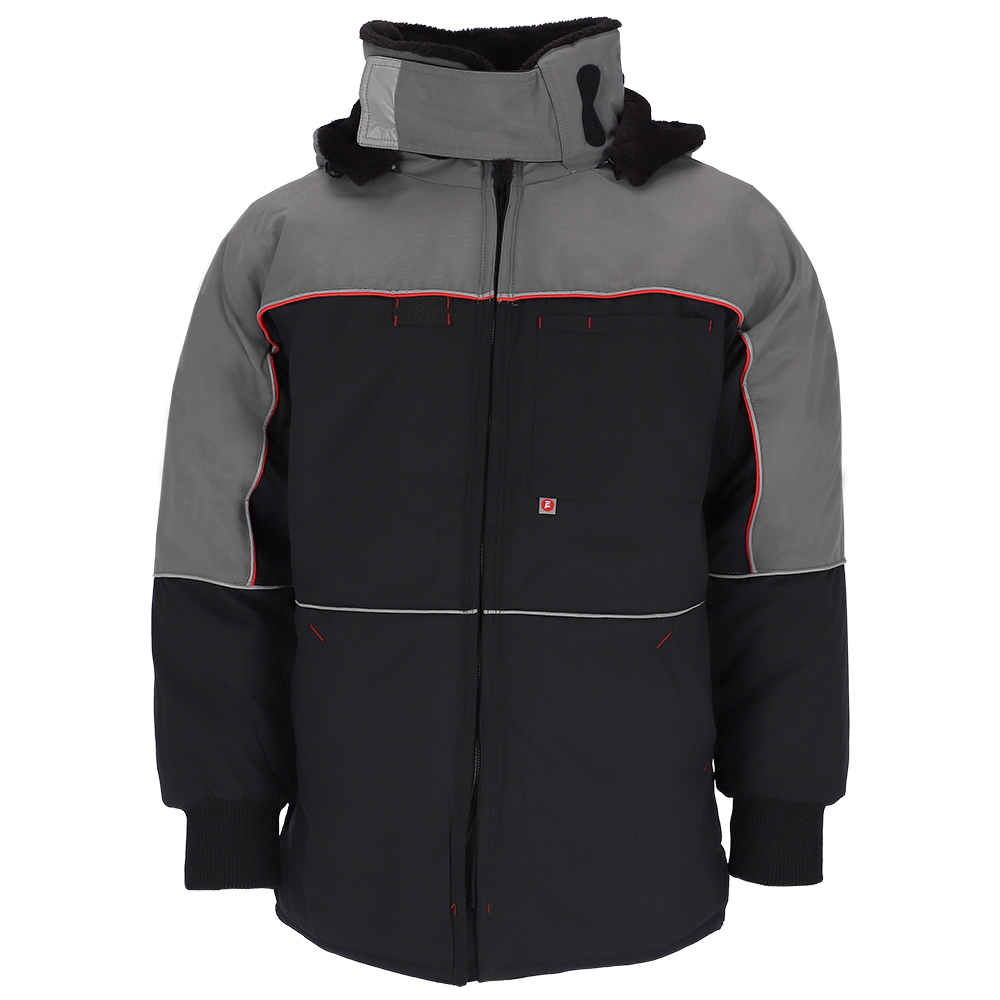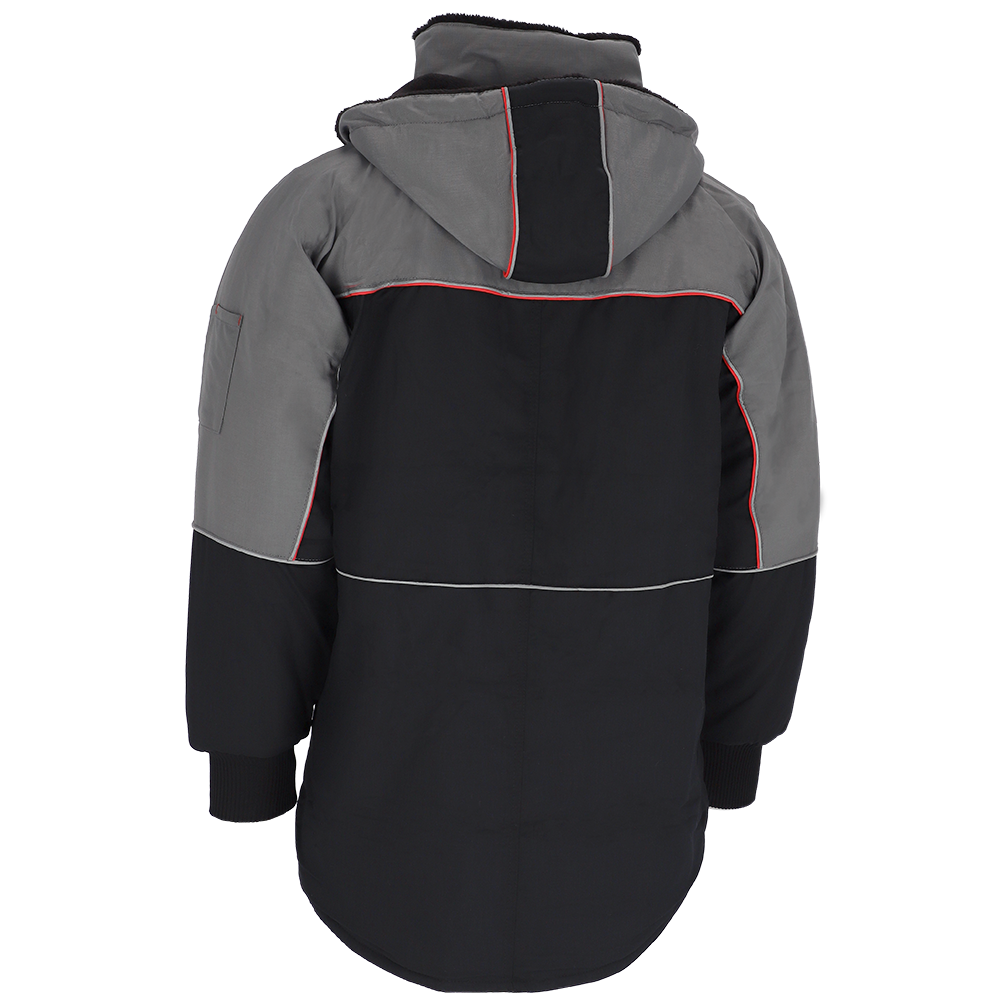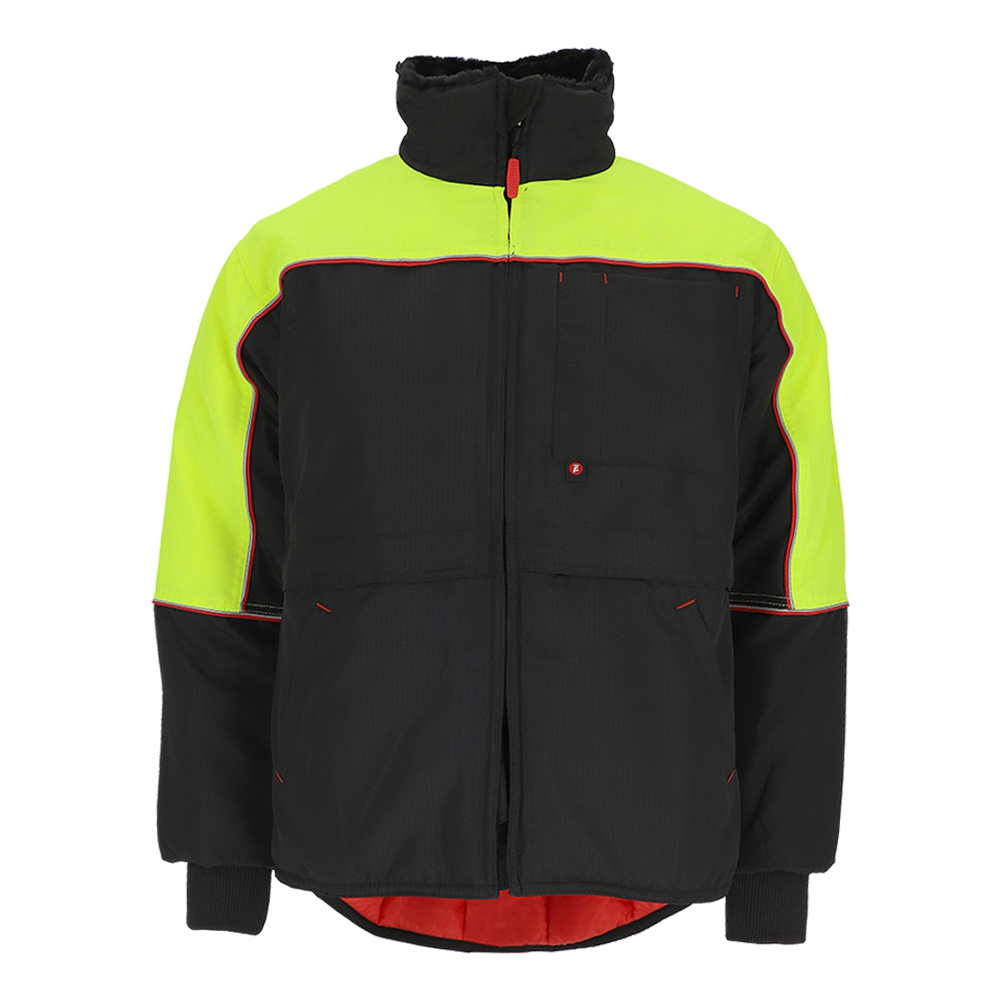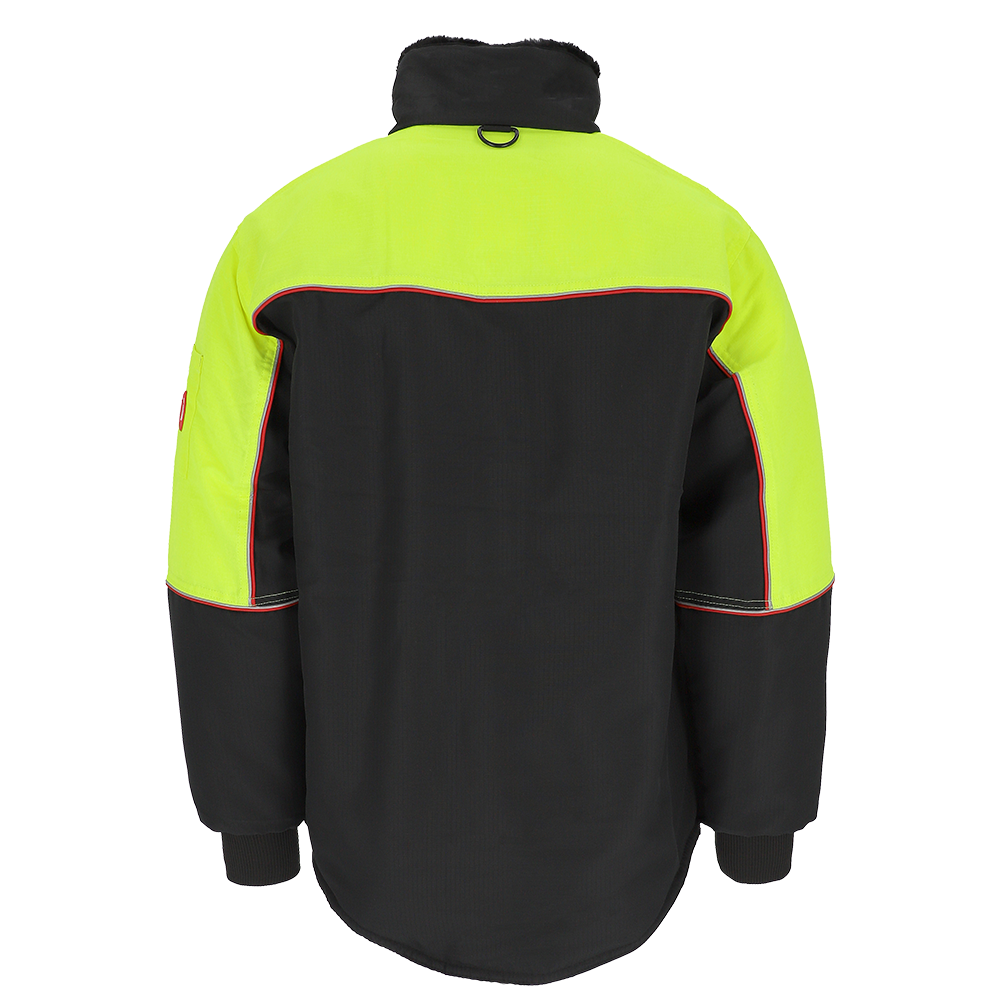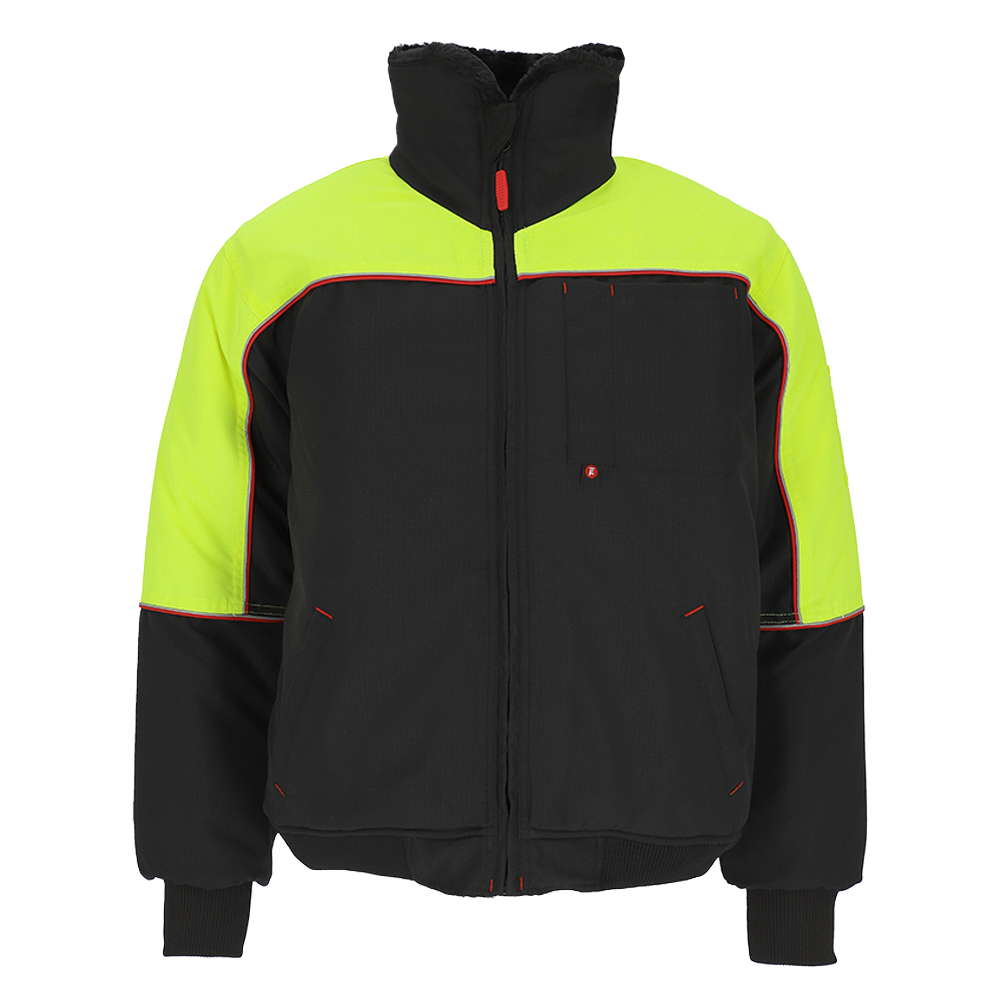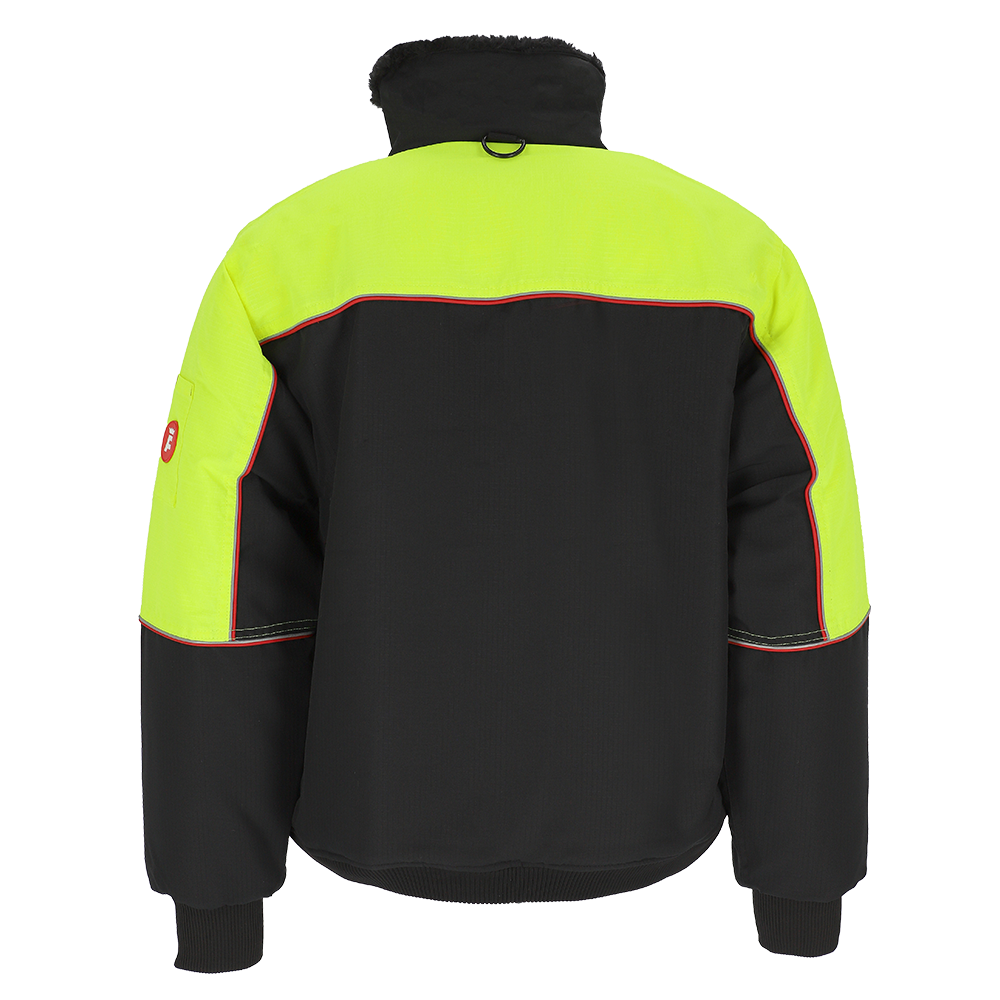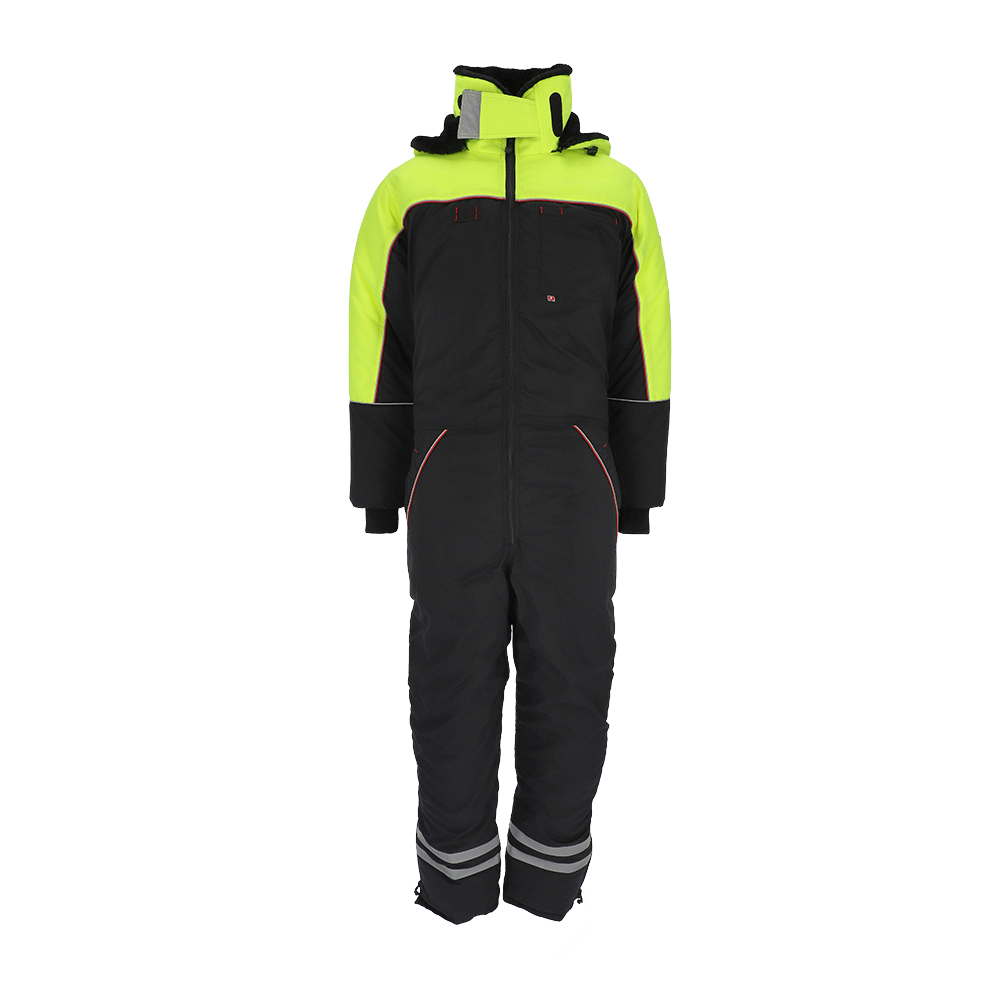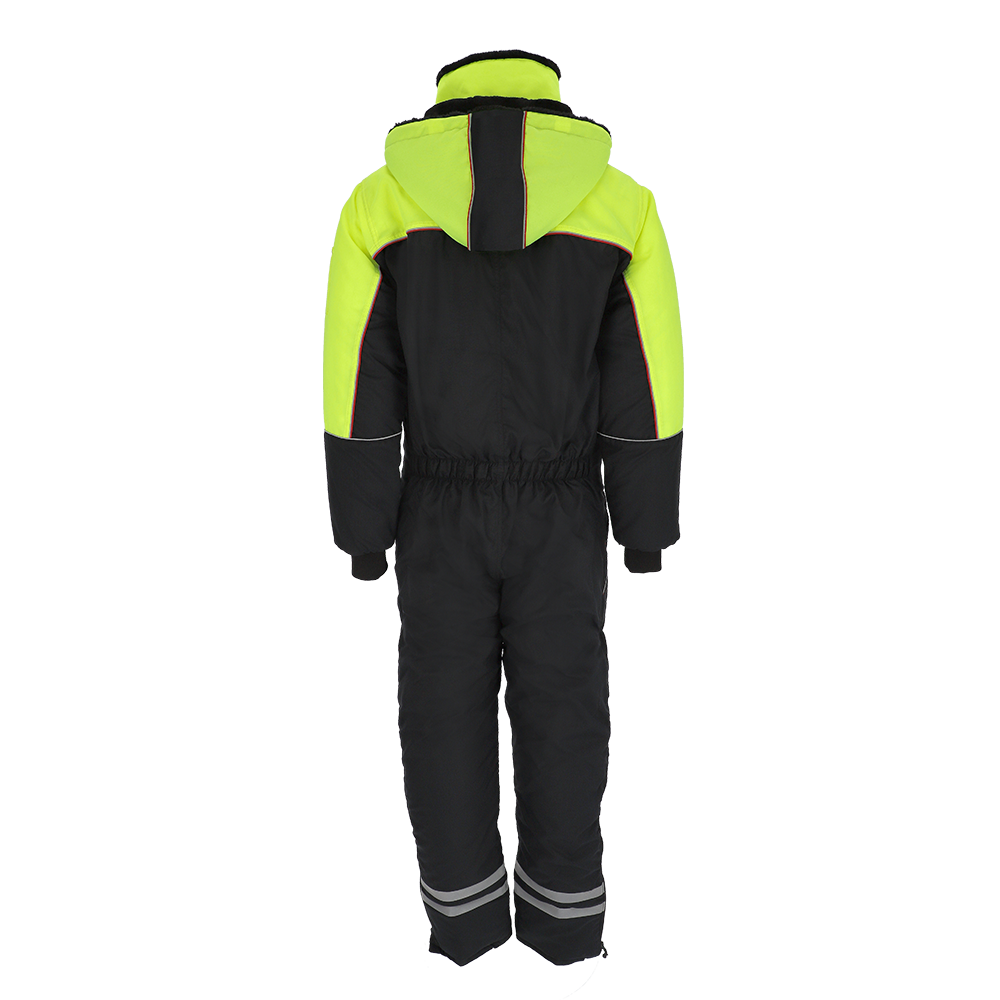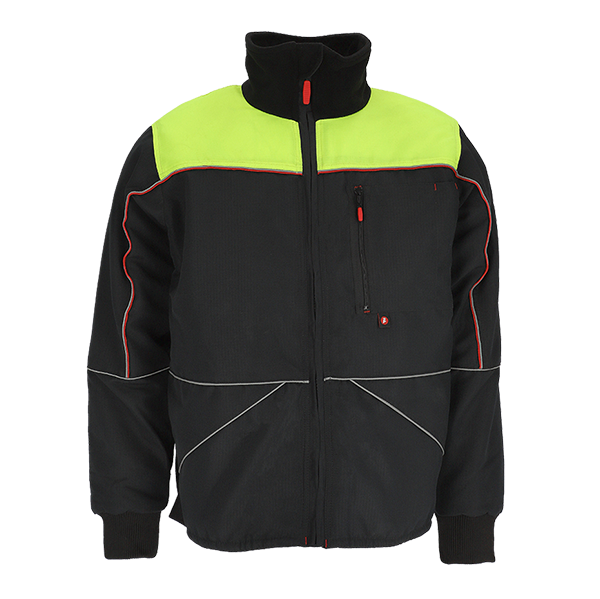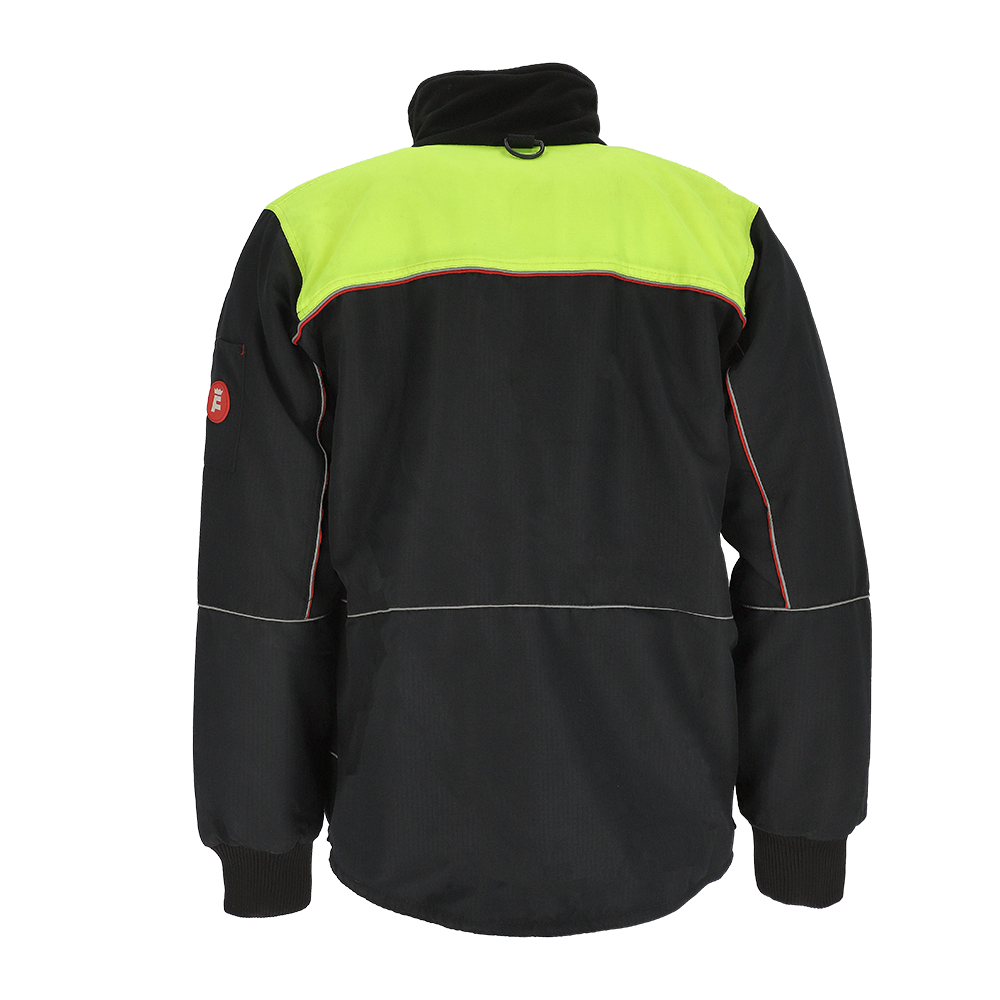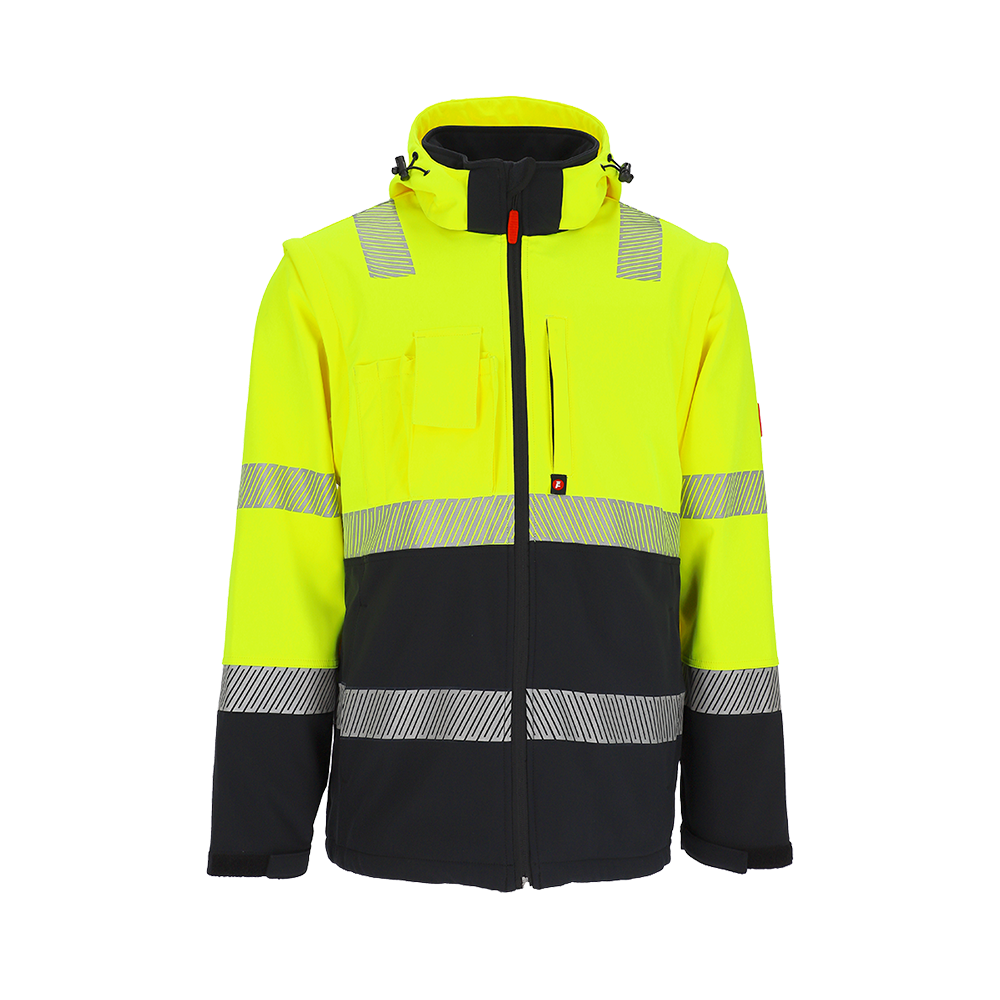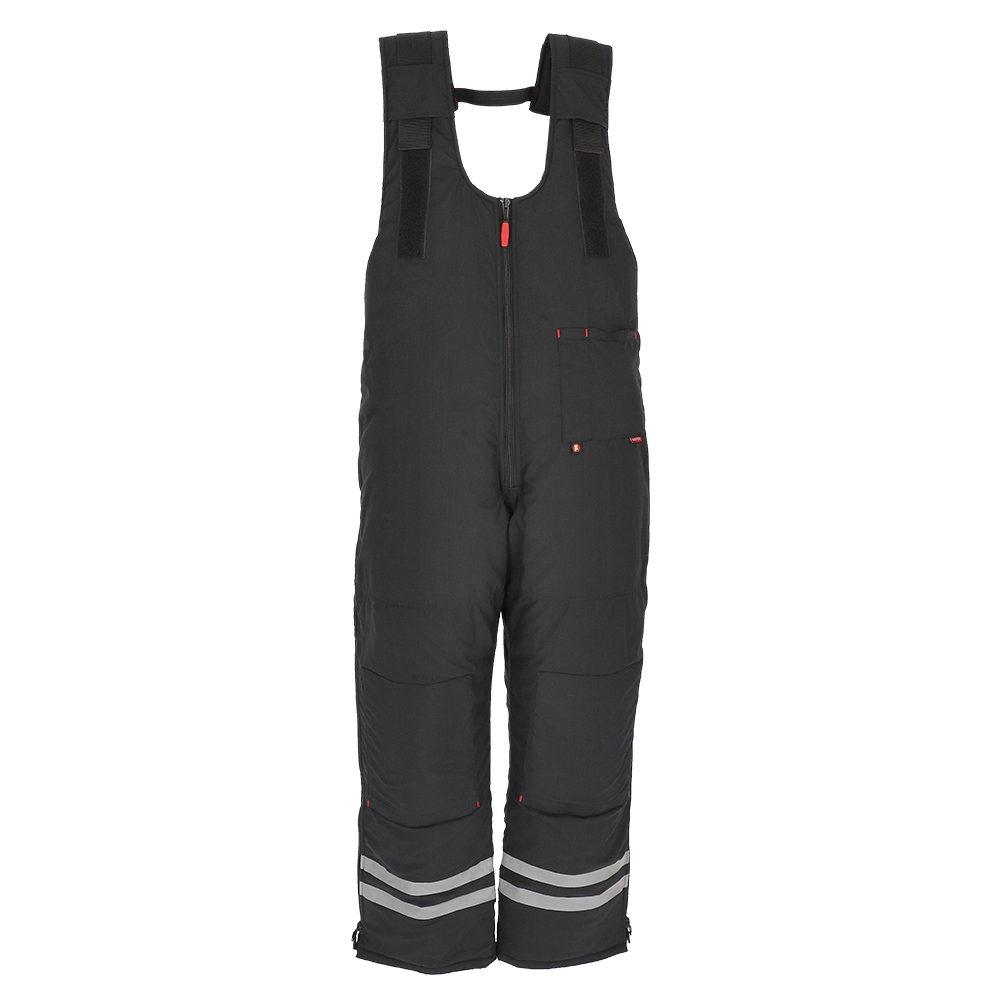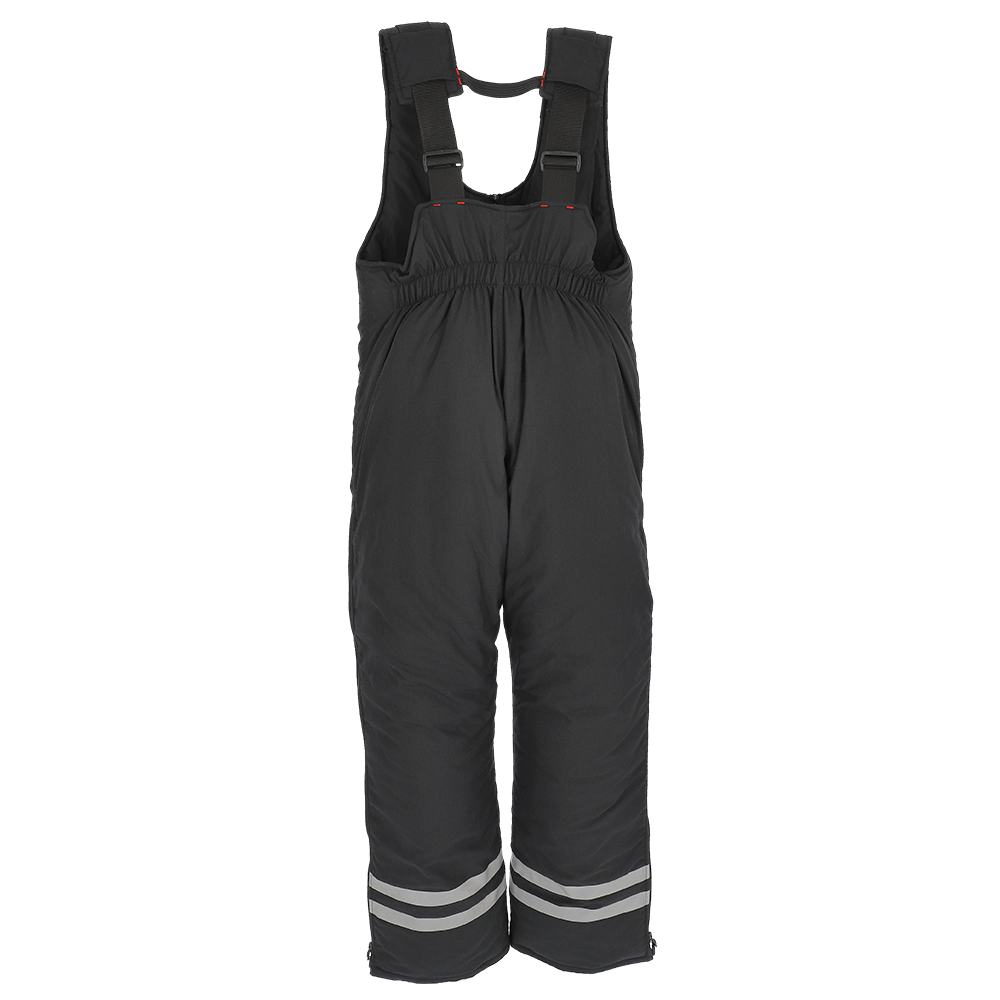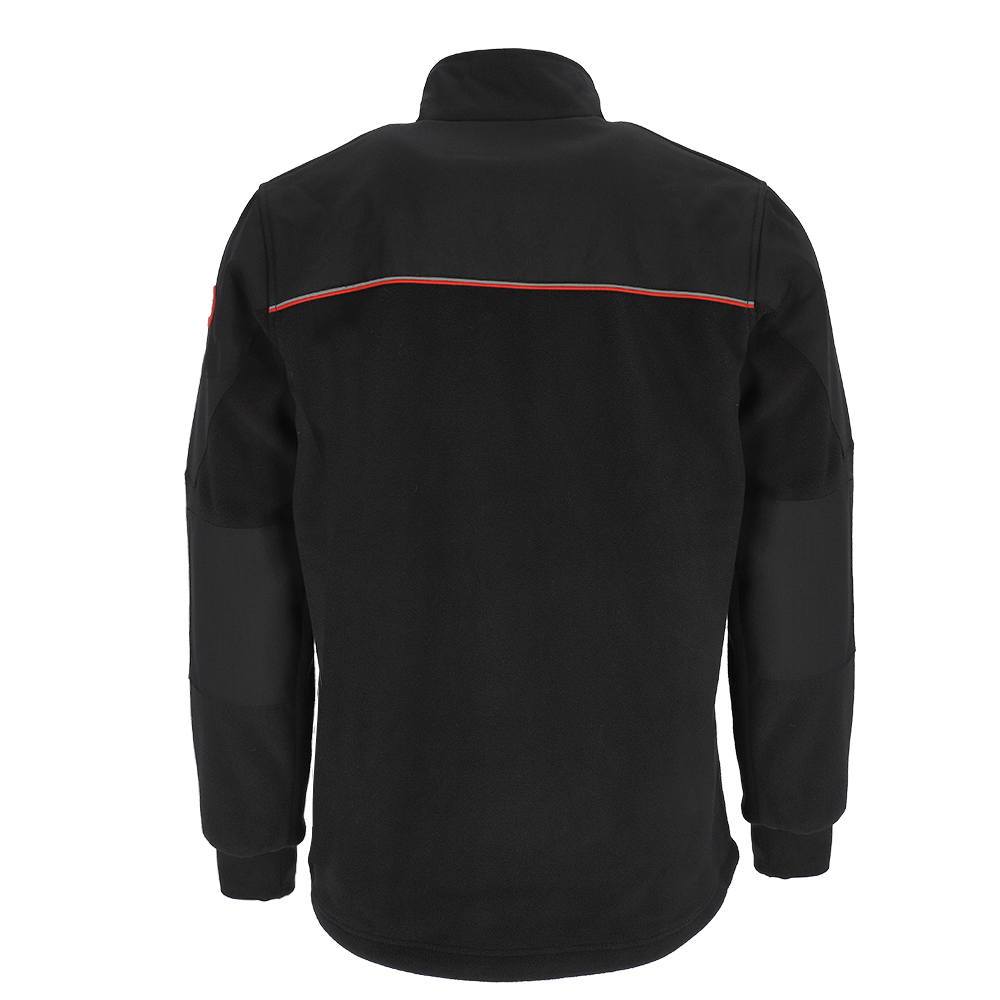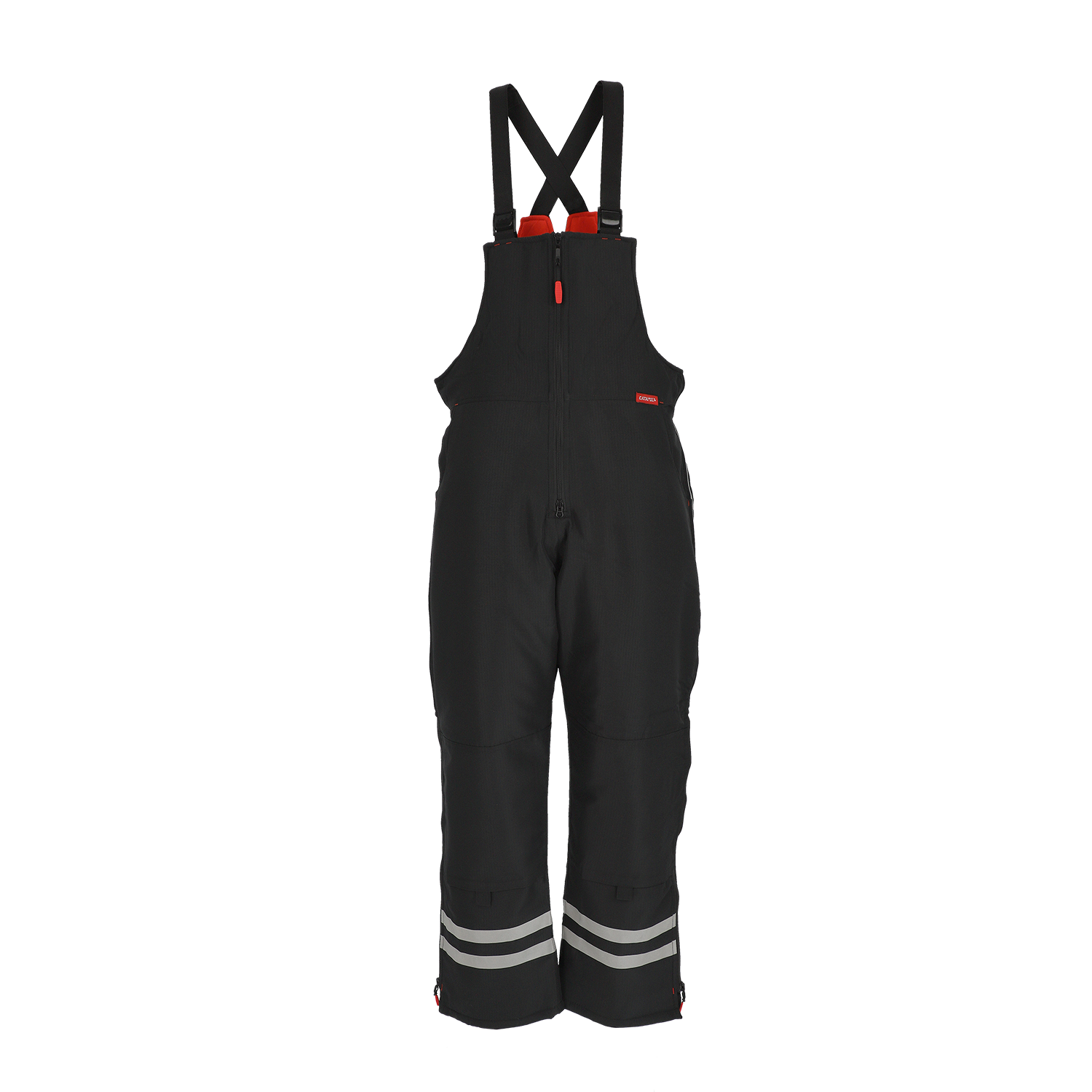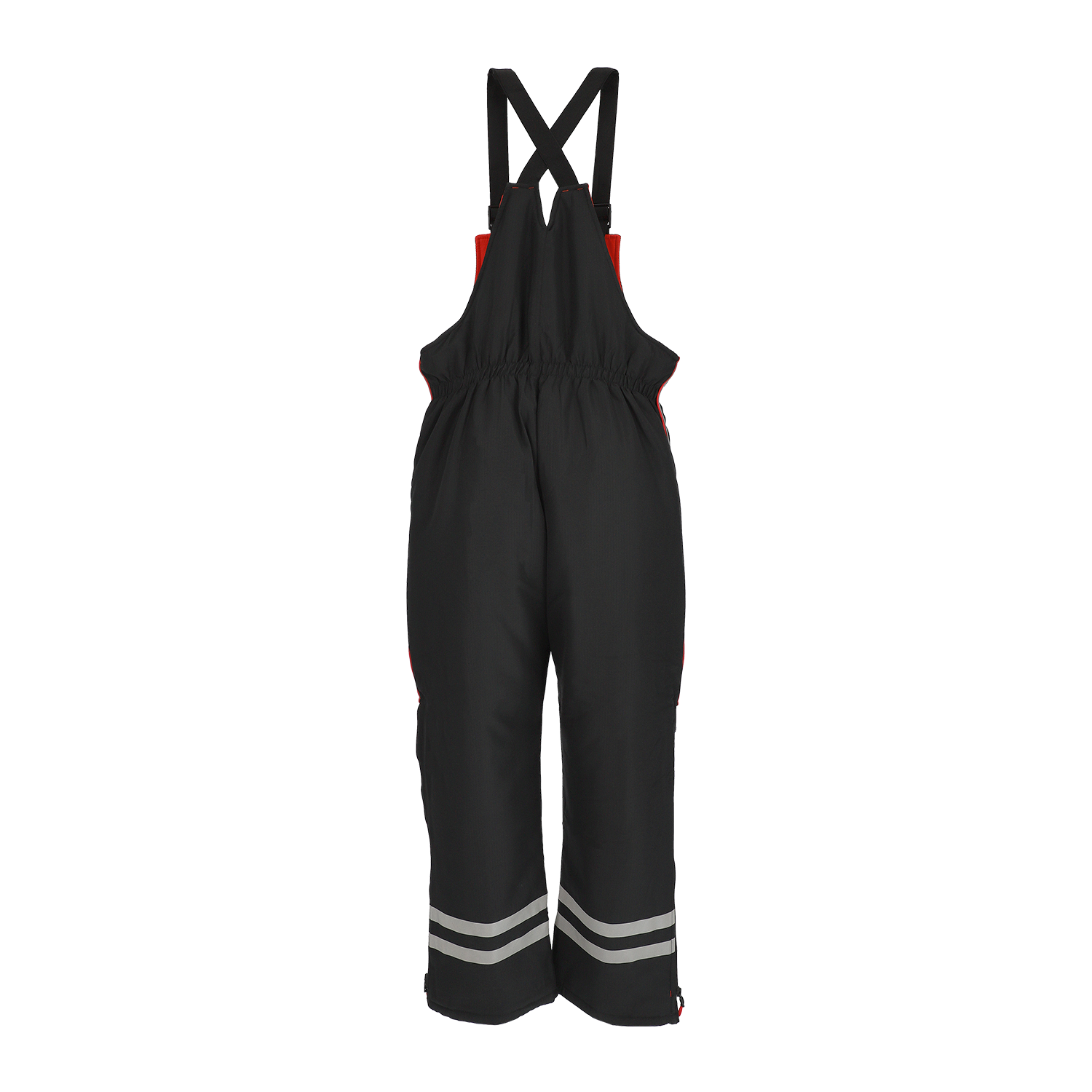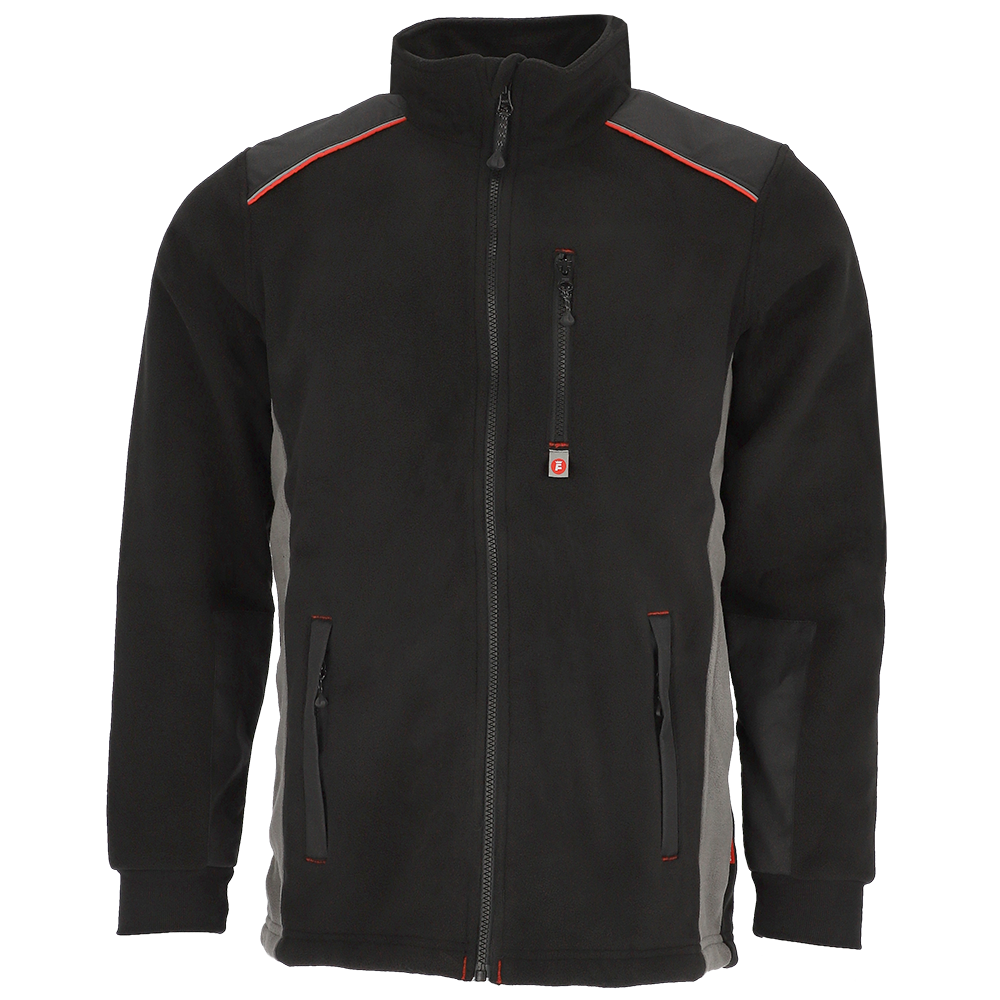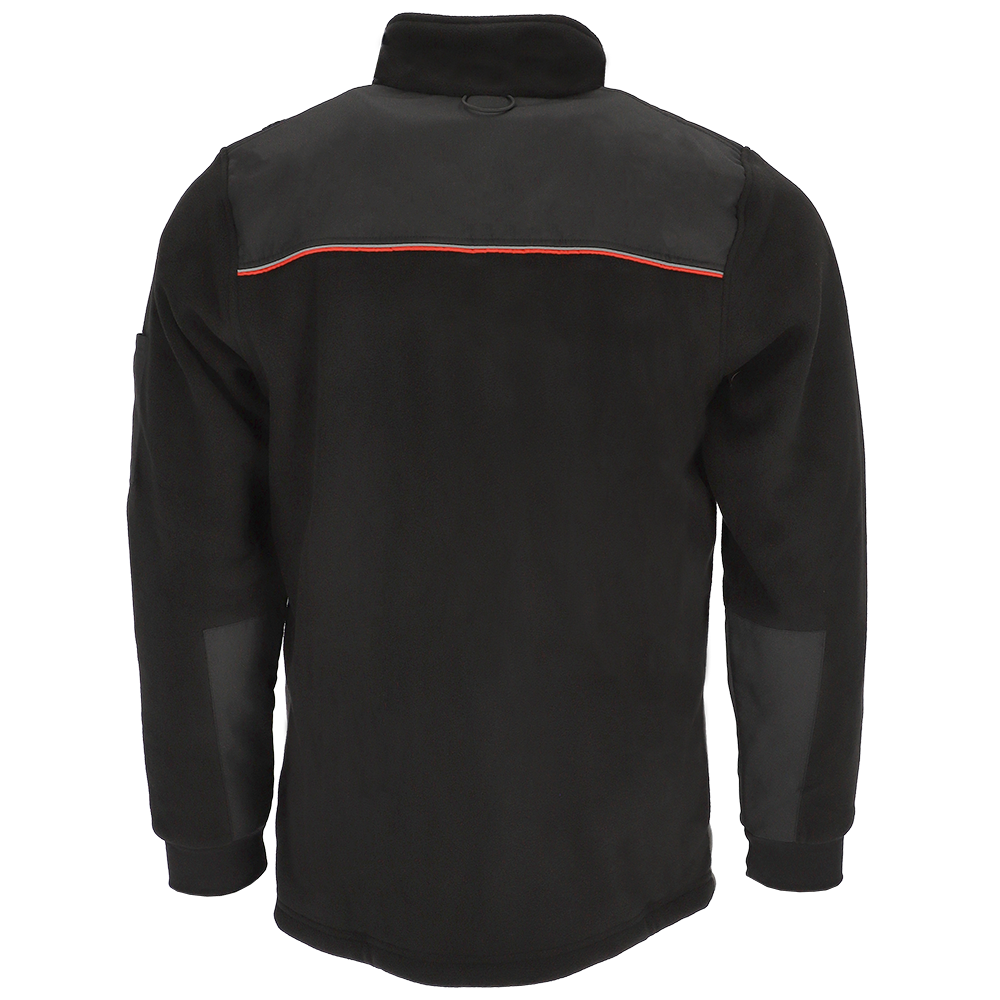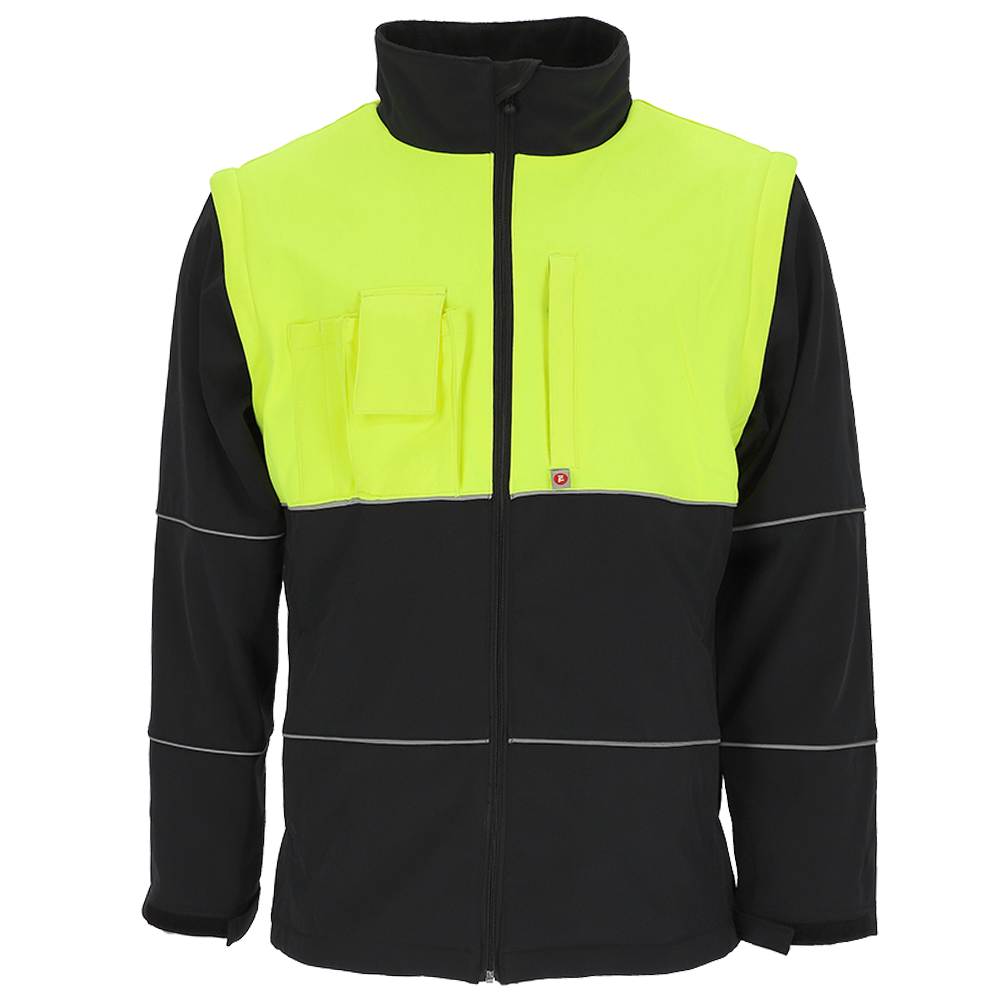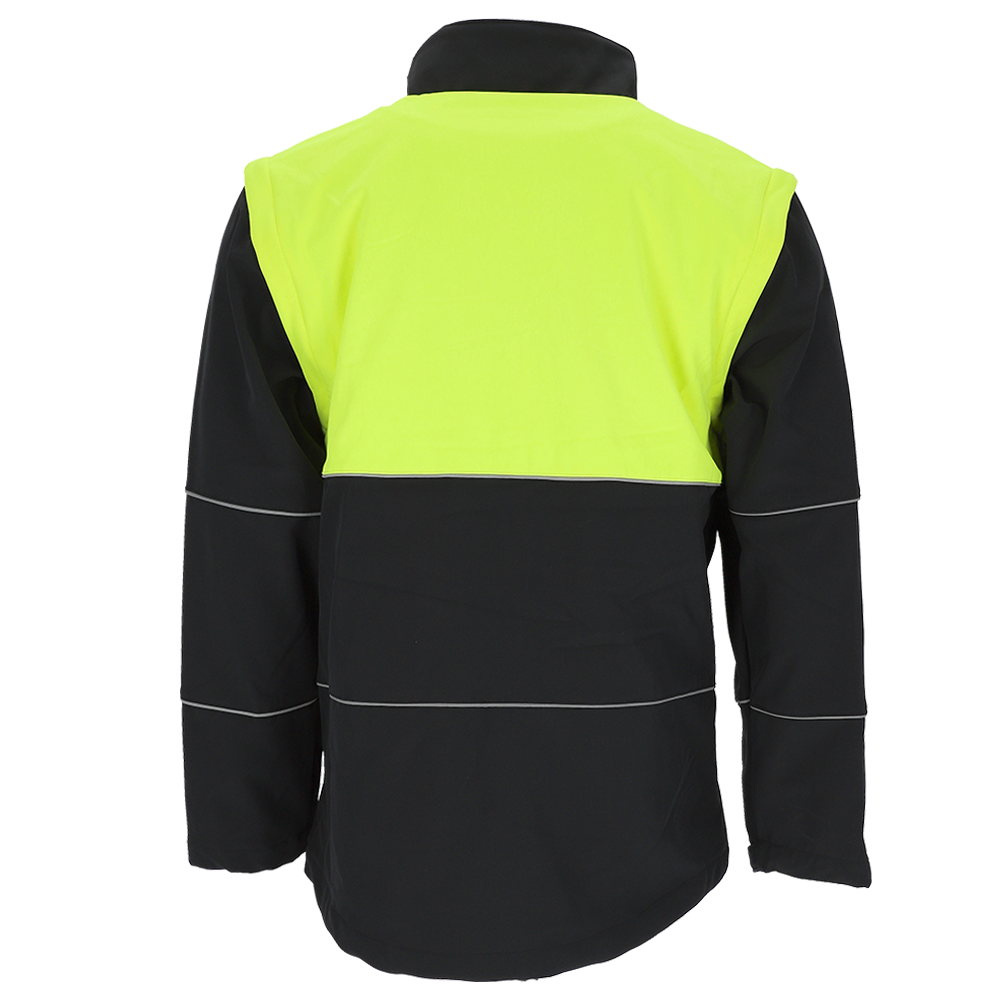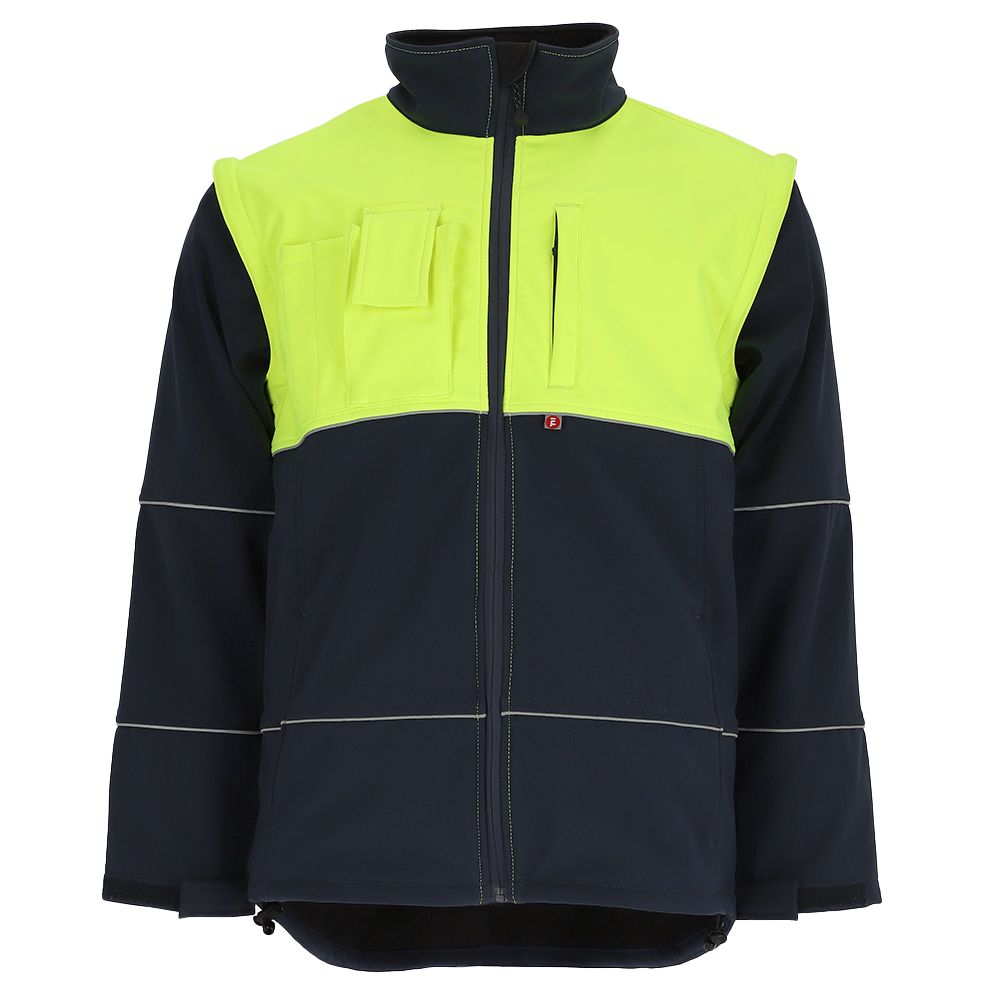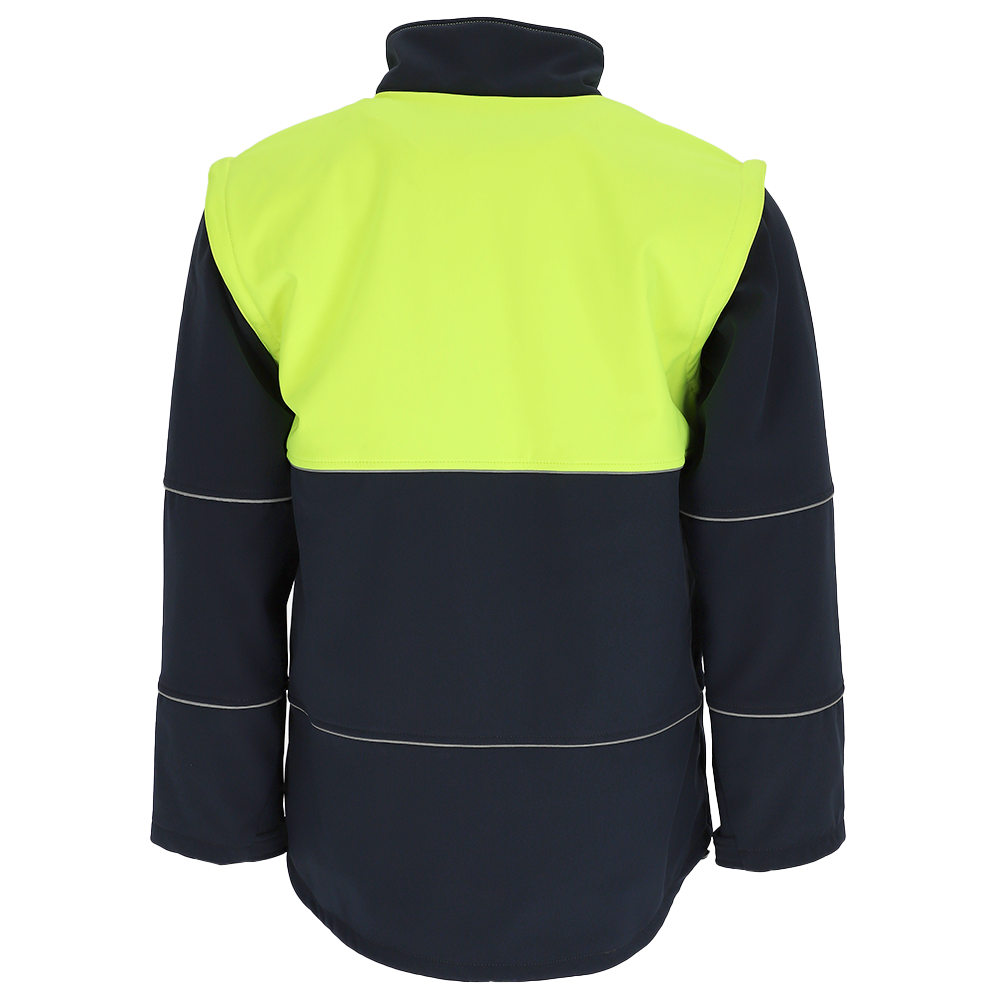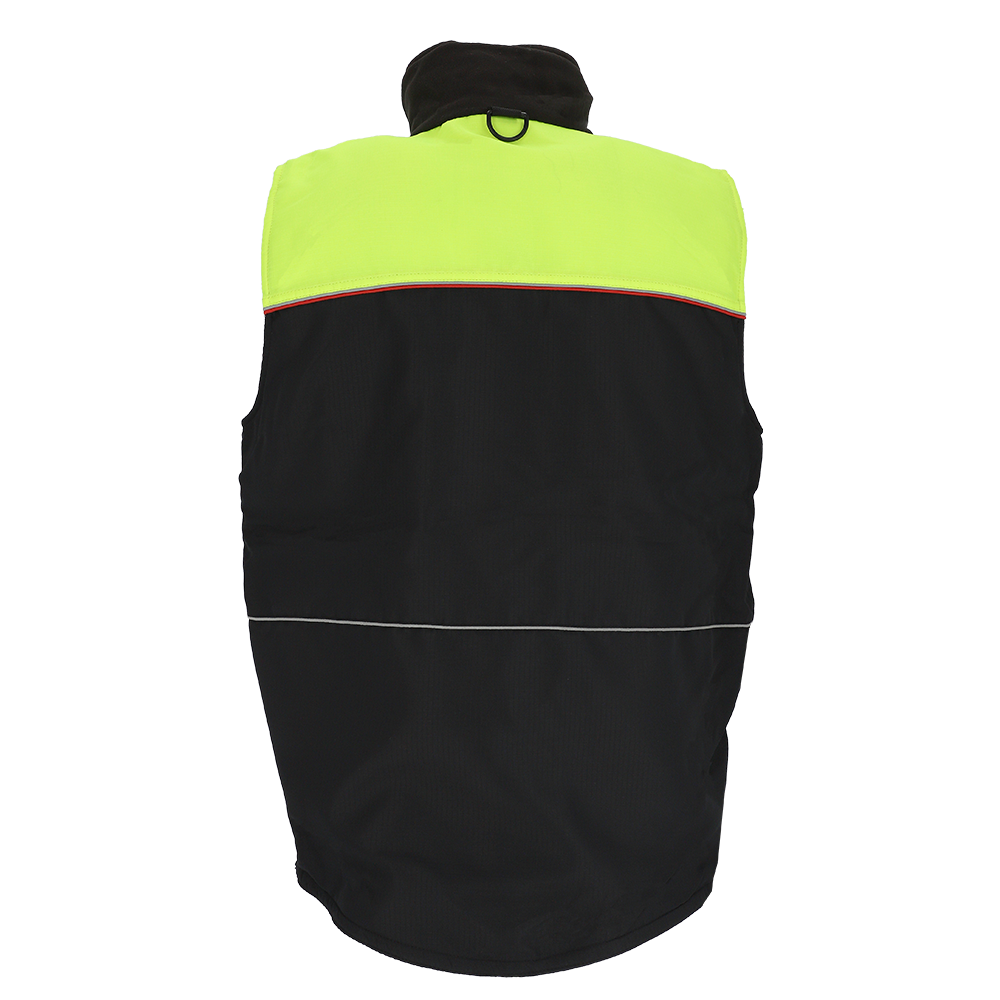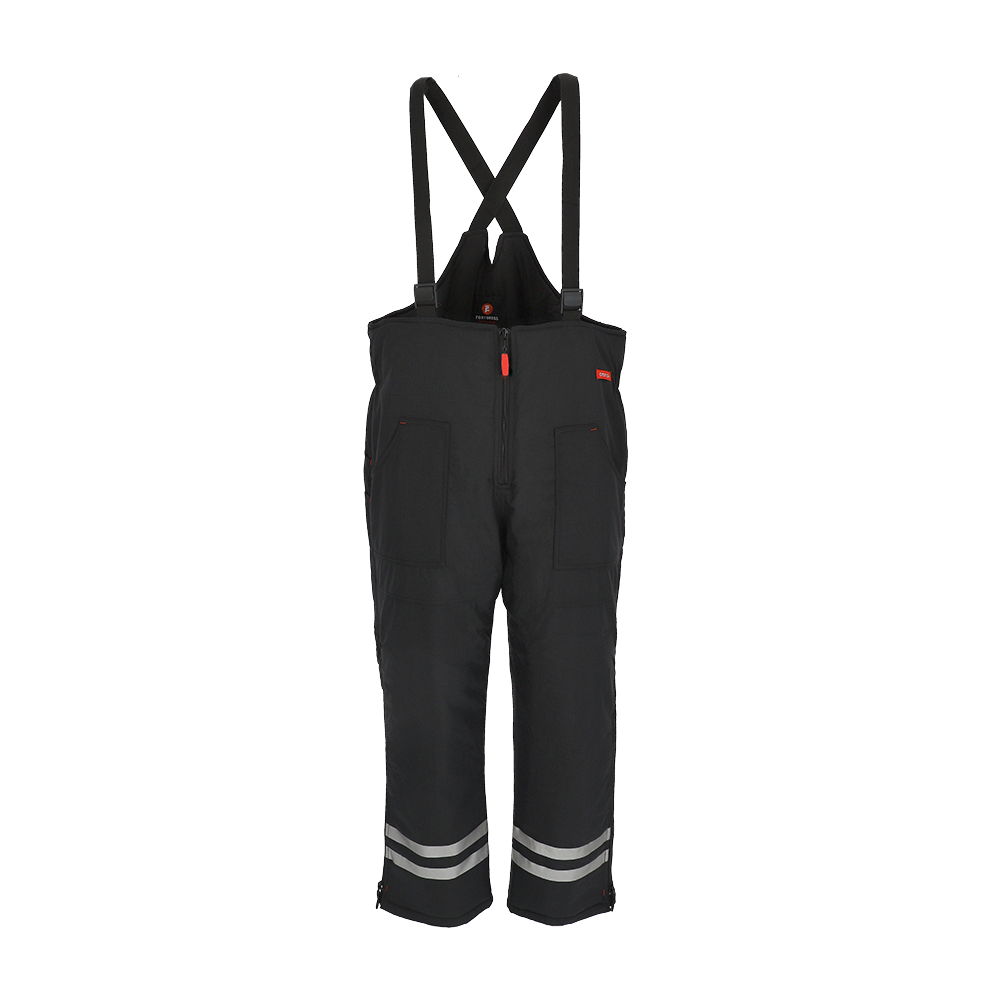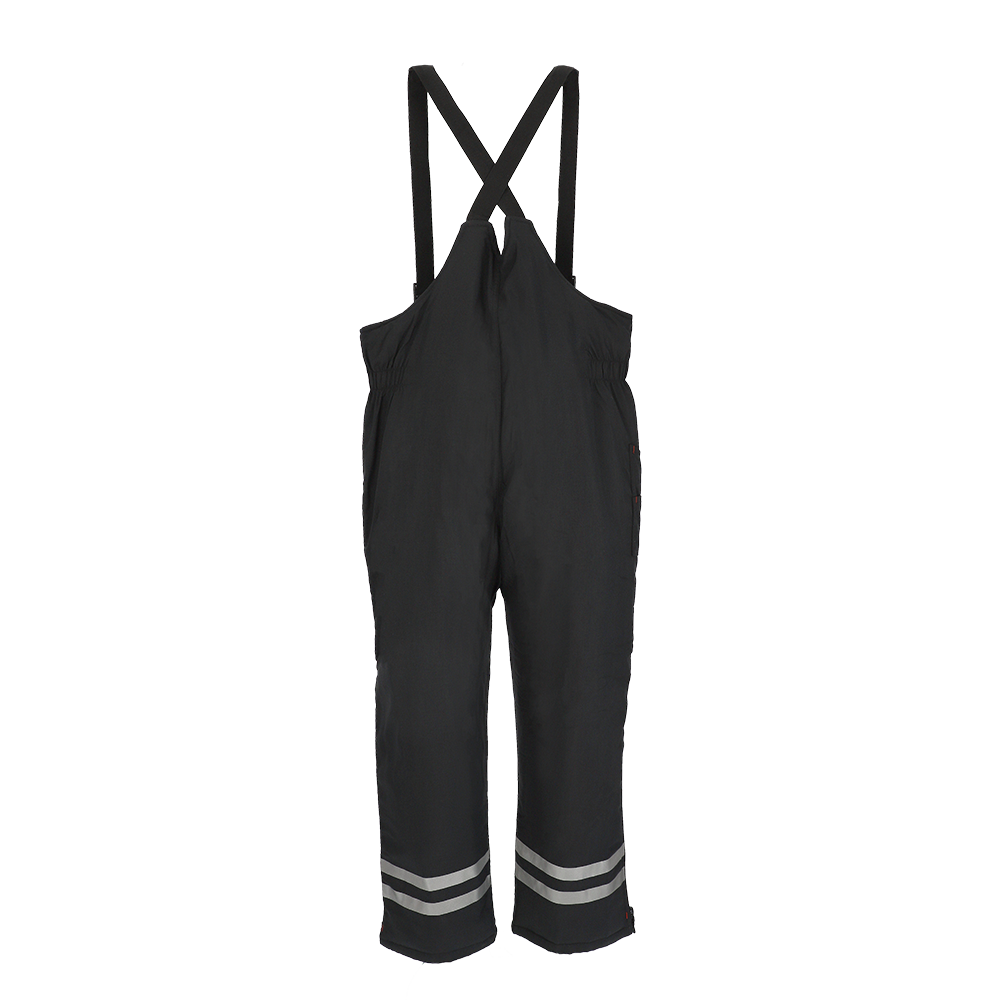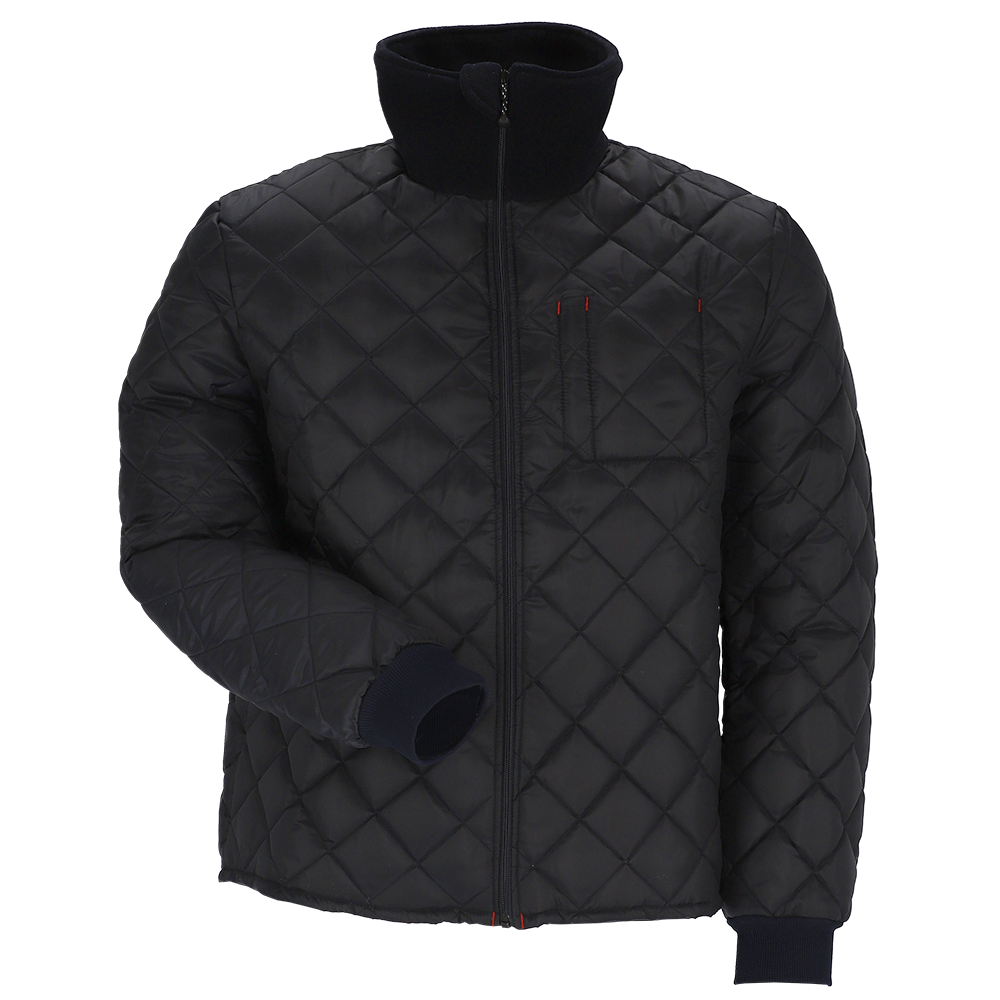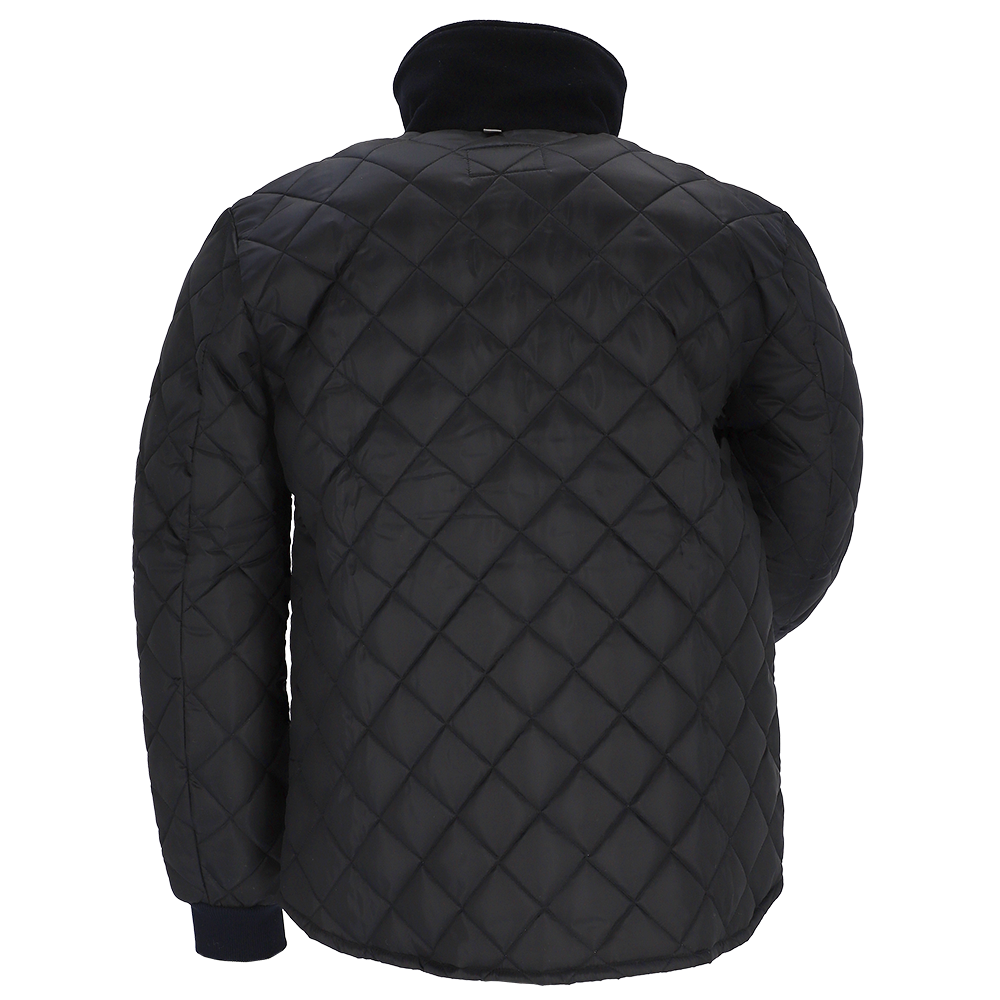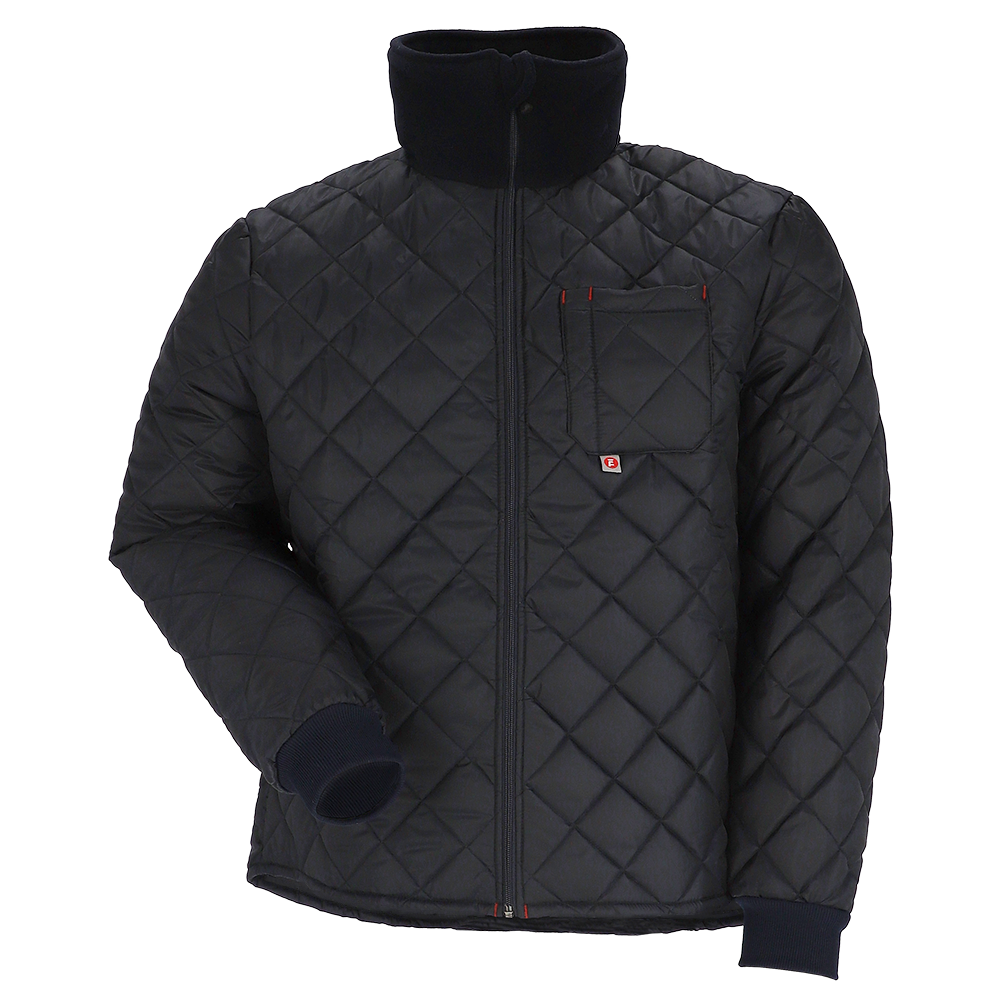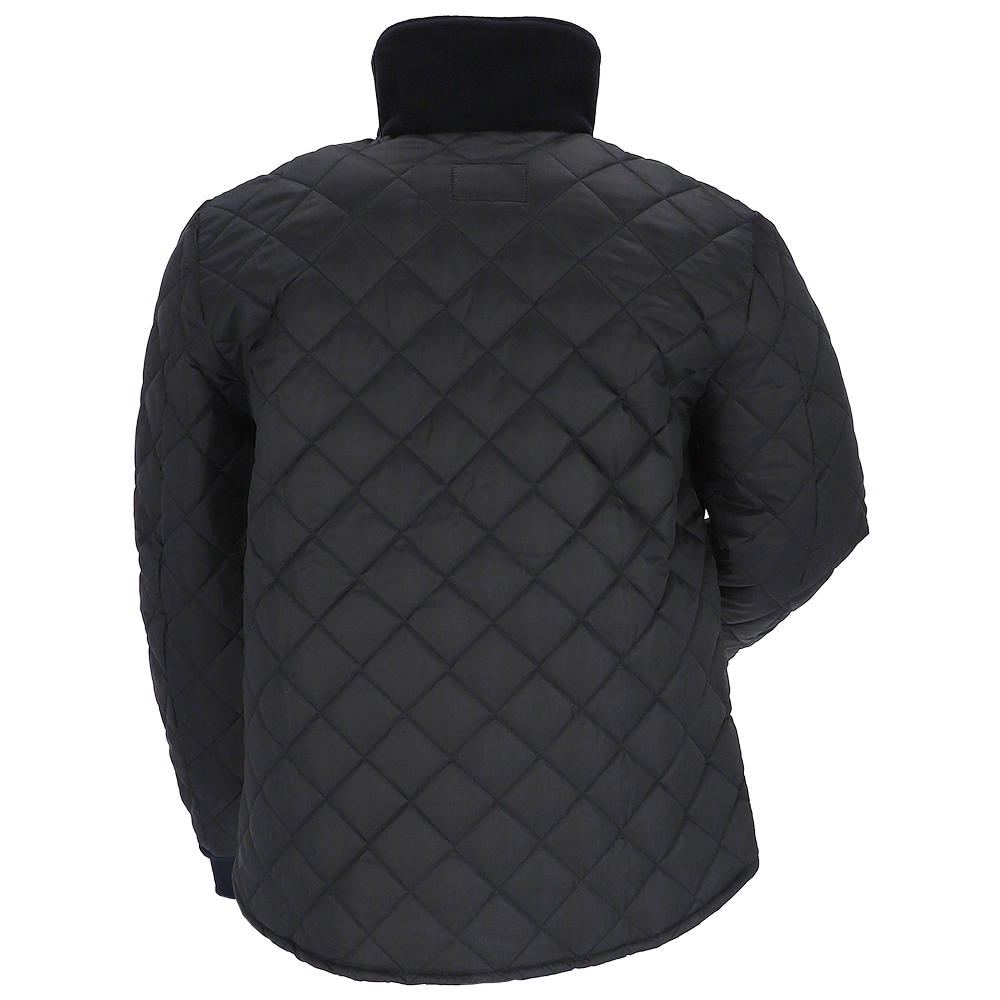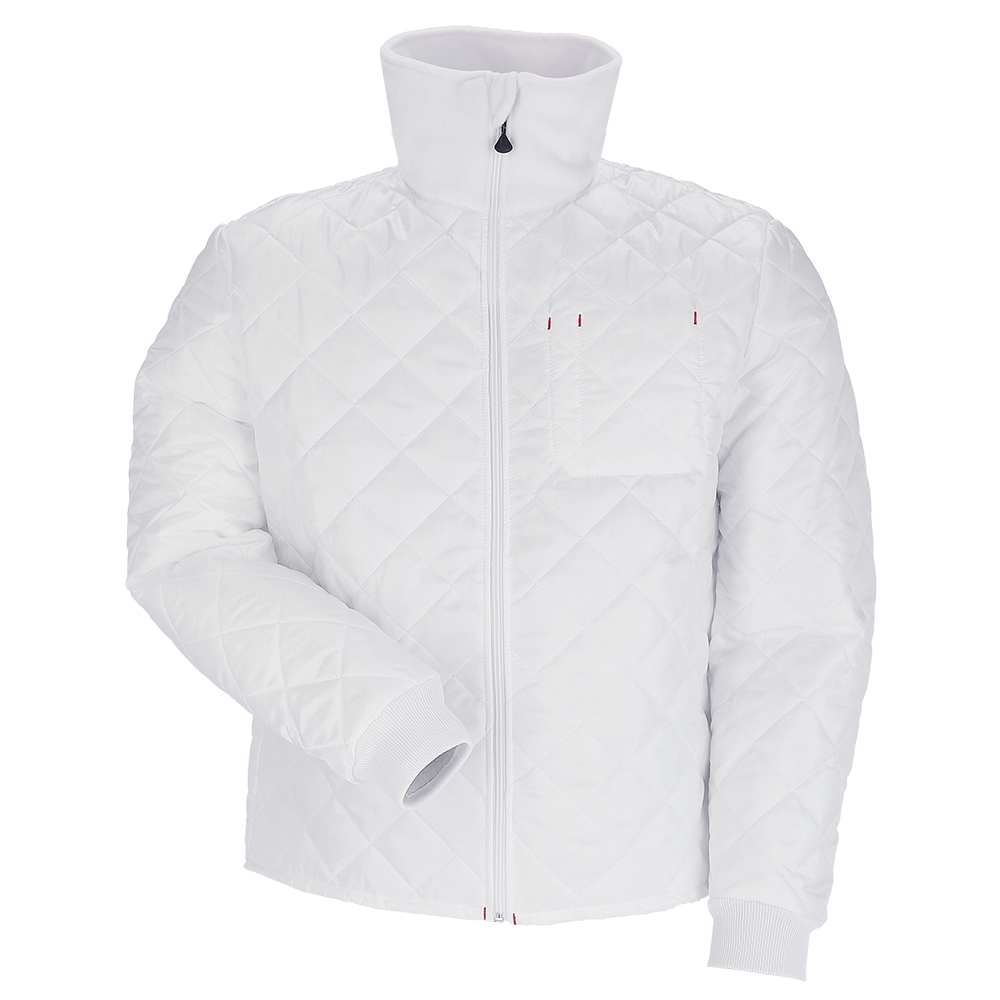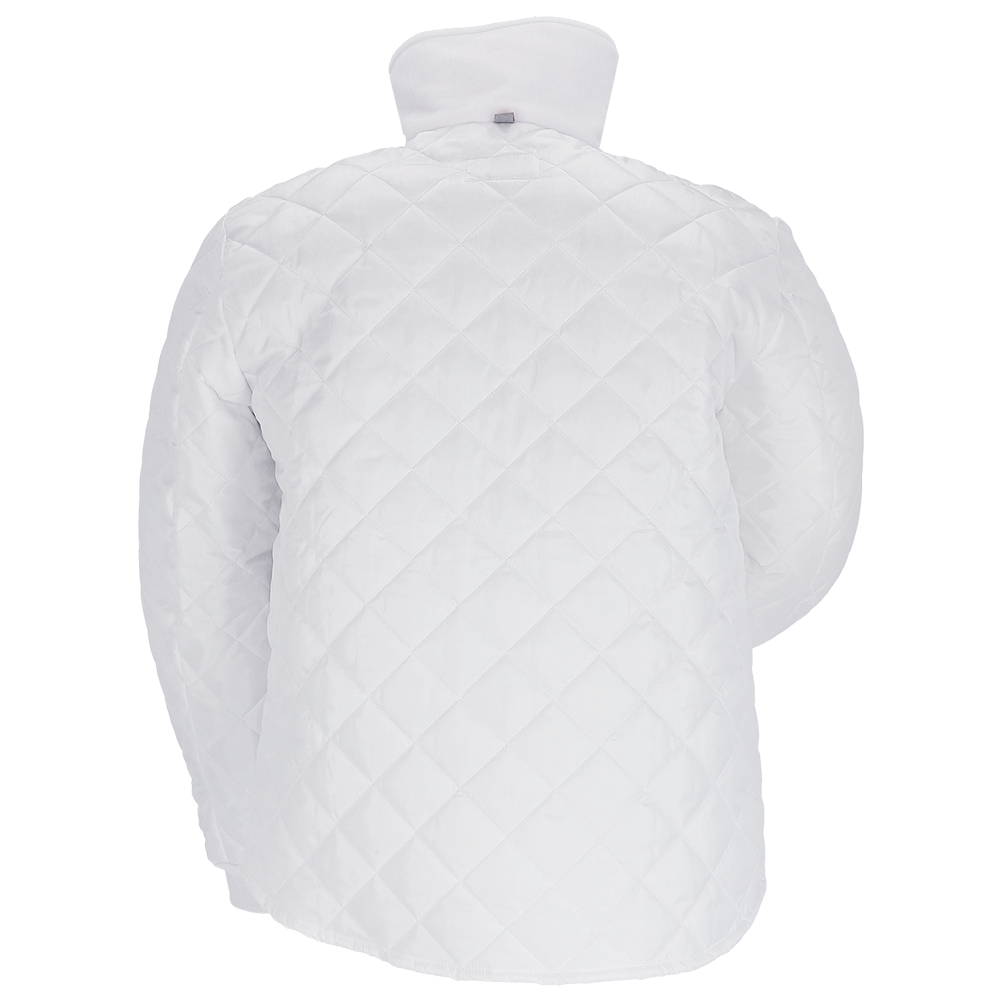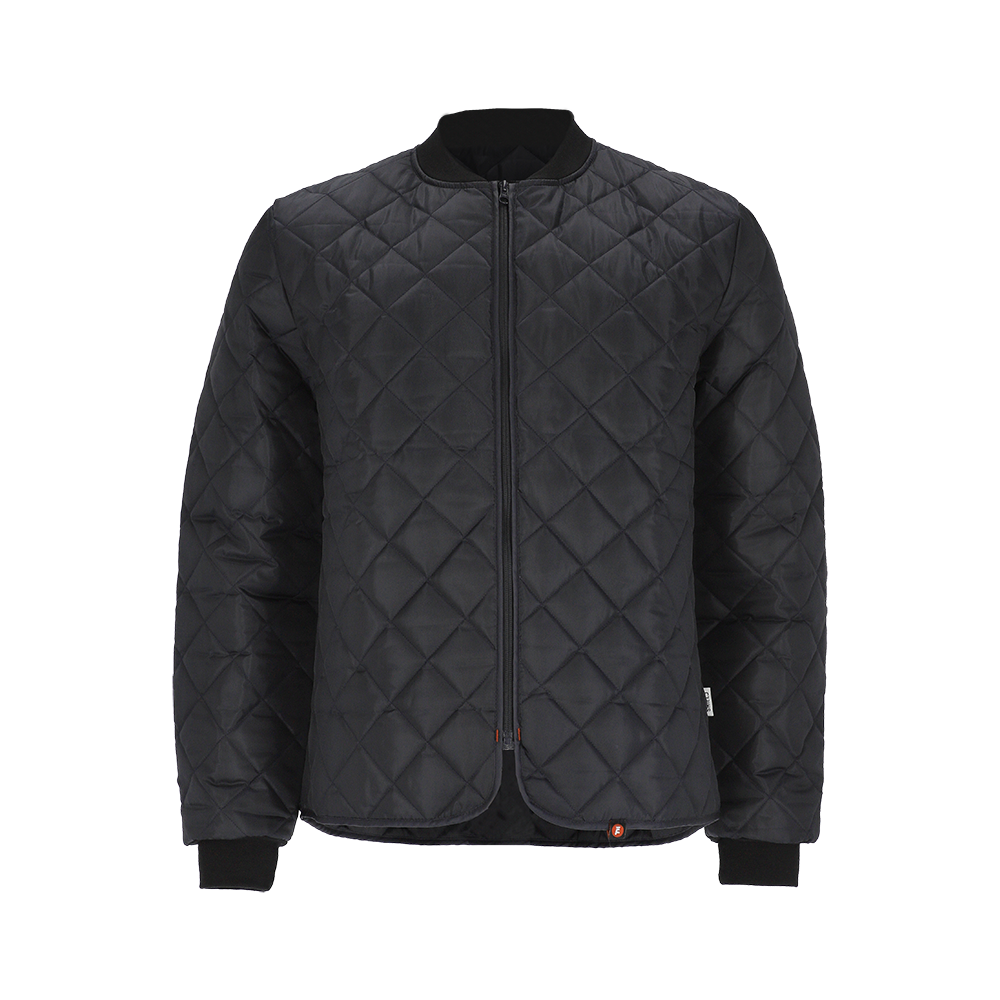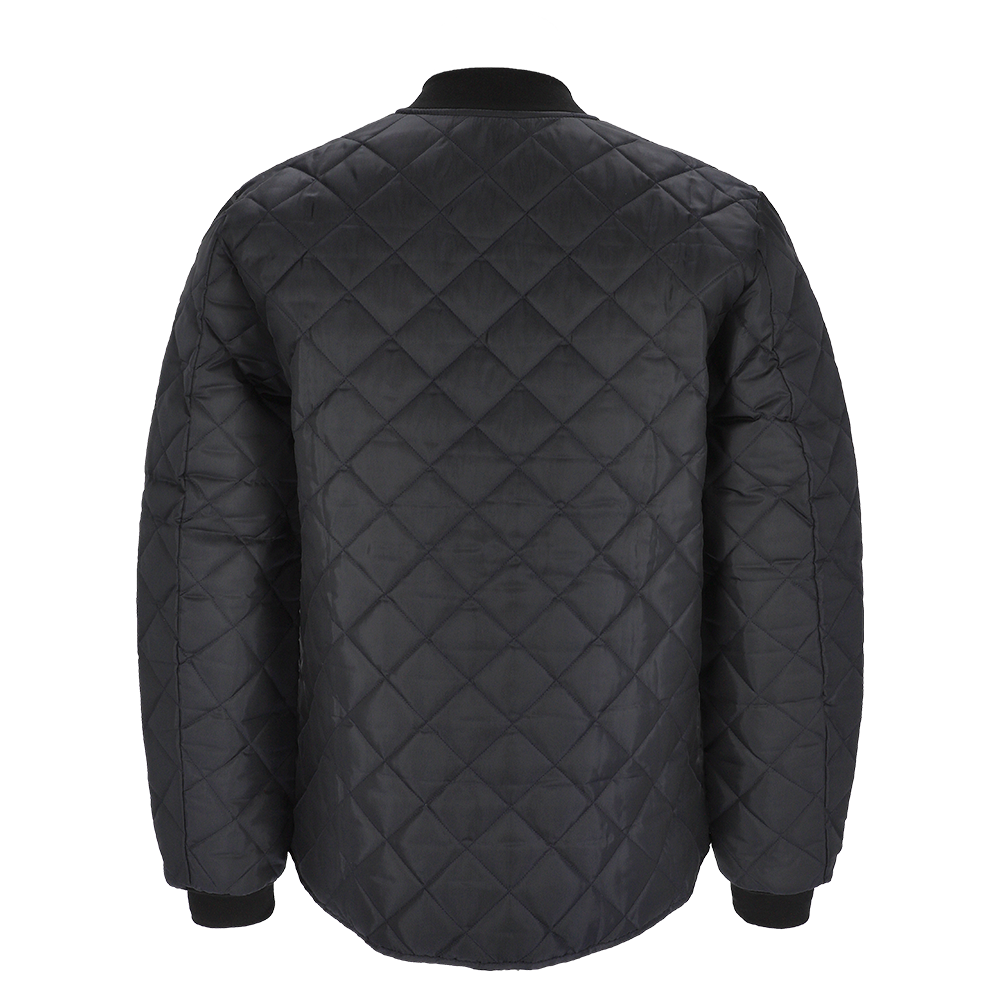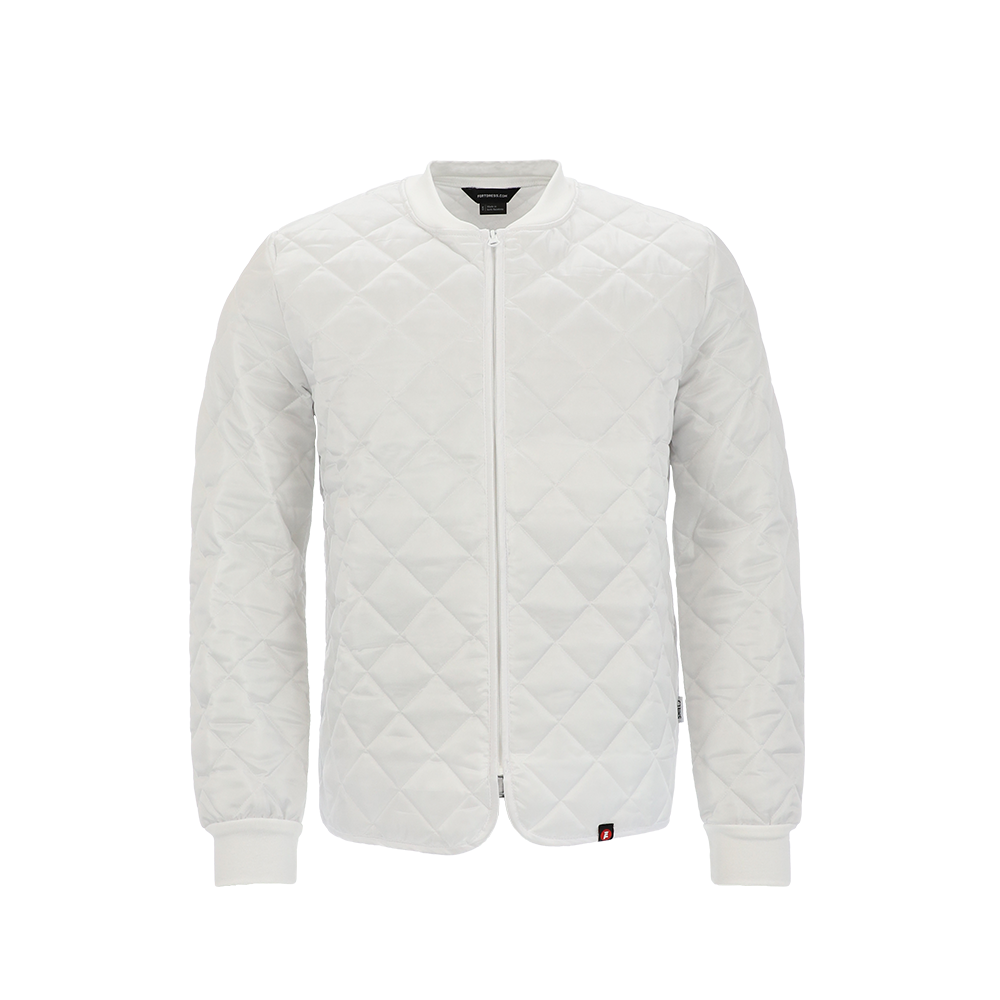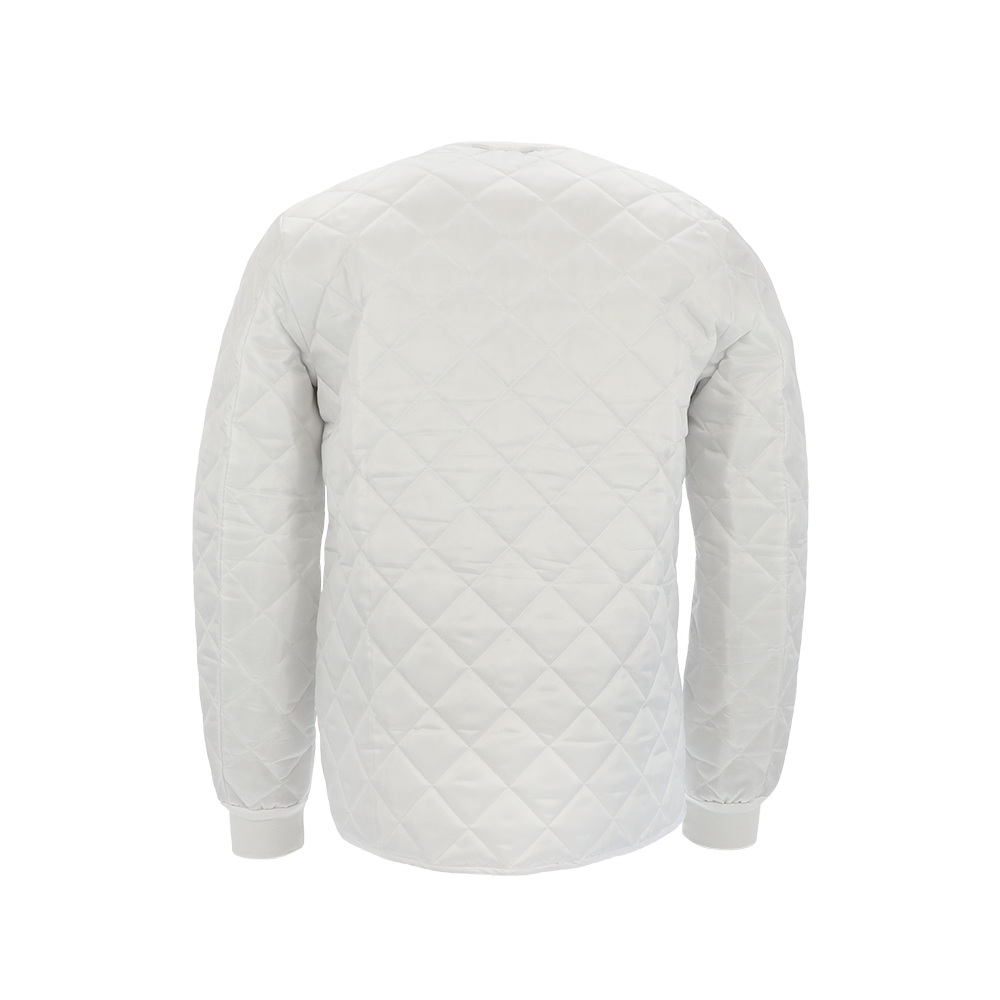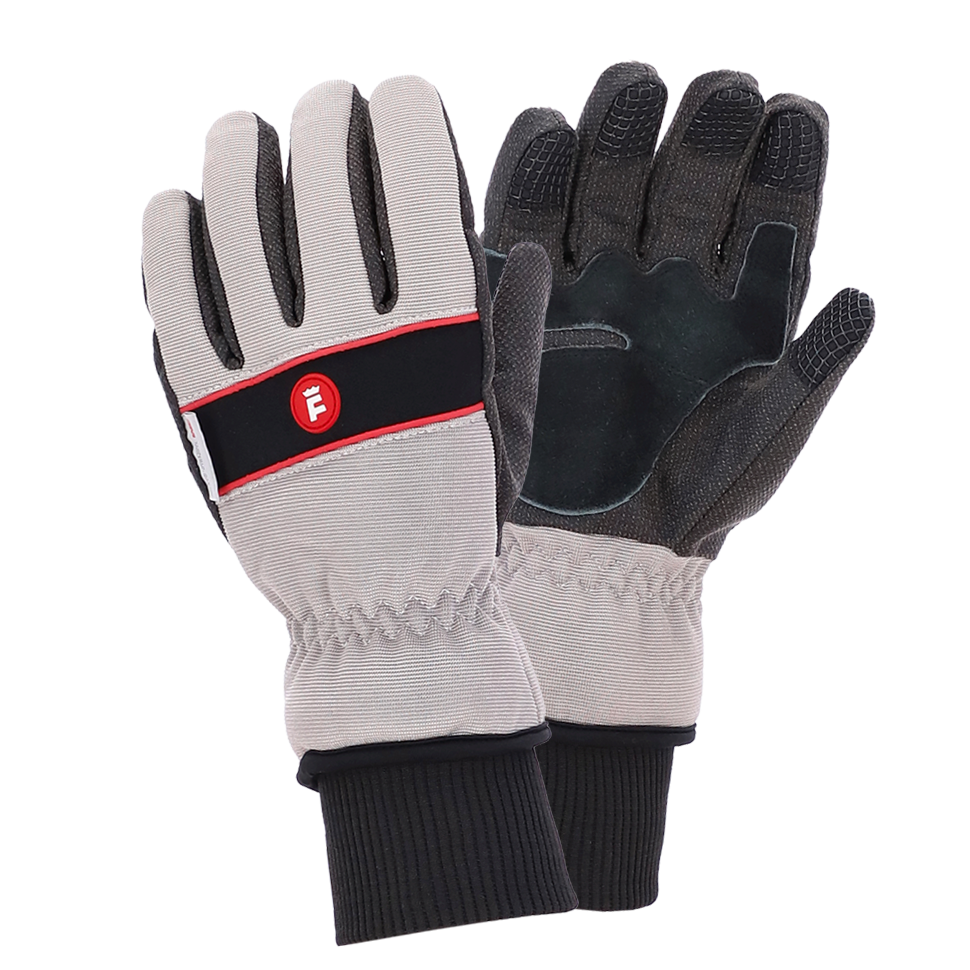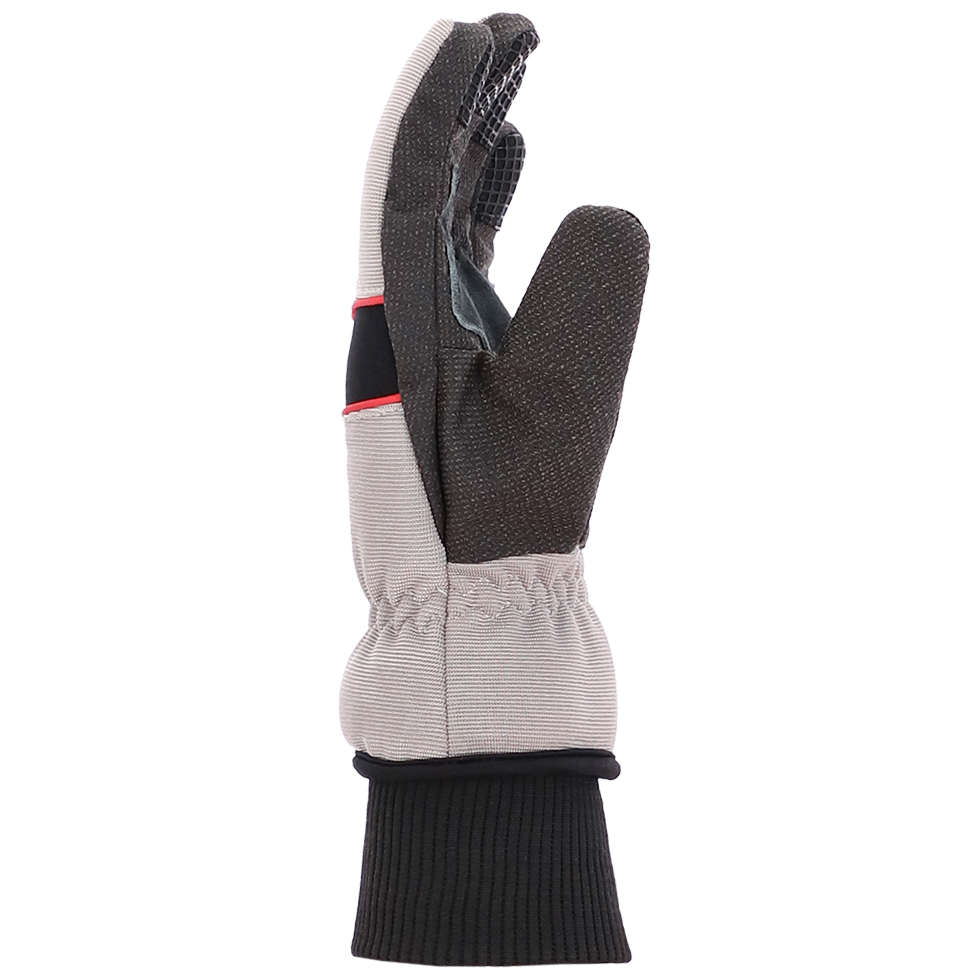



















Work Safely with Meat and Sausage Products.
In the meat and sausage sector, working cleanly and safely with food is a top priority. Our clothing is designed to keep you warm and dry and protect both the worker and the food from hazardous substances. Logistics clothing provides protection in colder temperatures and unsafe working conditions.
Working with meat and sausage products
Meat and sausage producers work at production facilities in the food industry or in sausage kitchens of butchers' shops. They bring the necessary ingredients from storage and cold storage rooms. For production, they cut or chop with the respective sharp tools or machines.
What does a butcher wear while working?
Professional clothing is always worn in a butcher's shop. When working with meat or sausage products, the butcher wears work trousers and a butcher's jacket, as well as a rubber bib apron. The clothing protects against moisture and blood stains. When working with meat and sausage products, rubber boots with non-slip soles are important. These must meet occupational health and safety requirements.
White caps are often worn at the butcher's workplace. In the sale of meat and sausage products, the salesperson wears a jacket or apron. Safety shoes are also required in sales to avoid injuries from falling knives.
Why is white clothing recommended in butcheries?
In manufacturing companies, such as food production, white clothing is recommended because the light colour facilitates the detection of contaminants, such as blood, leaking meat juice, or other food residues, which contributes to the prevention of contaminations. Additionally, white clothing is HACCP-compliant and washable at 60 degrees.
Most of the time, clothing for working with meat and sausage products is kept white. It should definitely be suitable for industrial washing.
DIN EN 17353
Clothing that has been certified according to DIN EN 17353 ensures that the wearer has increased visibility. DIN EN 17353 is thus similar to EN ISA 29471 (high-visibility clothing) in this aspect. The difference between the DIN EN 17353 and EN ISA 29471 standards is that they are intended for use in medium-risk situations. EN ISO 20471, on the other hand, is considered high-visibility equipment in high-risk situations.
Within this protection standard there is a distinction of two types.
Type "A" increases the visibility of the wearer exclusively in daylight. Type "B", on the other hand, is exclusively for darkness and twilight. Type "B" is further divided into three groups. Type B1, B2 and B3. This subdivision distinguishes whether such a protective product is used to make movement or the silhouette visible. A combination on type "A" and type "B" is also possible. This is then referred to as type "AB". Here, a combination is created that increases the visibility of the wearer both during the day and in the dark - but to a lesser extent than is the case with EN ISA 20471.
EN ISO 20345
The EN ISO 20345 standard specifies both basic and additional requirements for safety footwear for professional use. EN ISO 20345 footwear is intended to protect the wearer against bumping, pinching, falling or rolling objects, stepping into sharp or pointed objects, heat or cold and against hot substances.
Examples of aspects covered in the EN ISO 20345 standard are the treatment of mechanical risks, slip resistance, thermal risks and ergonomic features. Supplementary standards related to individual activities deal with risks, for example, in relation to electrically insulating footwear, footwear for protection against chemicals and others.
Basic requirements described in EN ISO 20345 include:
- Height of the upper part of the shoe
- Heel area for boots
- Minimum length, pressure and impact resistance of the toe cap
- Water vapour permeability and water vapour number of the outer material
- Outsole thickness and abrasion resistance of the outsole
Safety shoes are divided into different protection classes depending on the requirements fulfilled. Safety shoes belonging to protection class SB fulfil the minimum requirements according to EN ISO 20345. Safety shoes with further additional requirements are divided into protection classes S1 to S5 depending on their characteristics.
Safety classes
Safety shoes are classified into two classes.
- Class I (SB, S1, S2, S3): Footwear made of leather or other materials, with the exception of solid rubber or all-polymer footwear.
- Class II (SB, S4, S5): Solid rubber footwear (i.e. whole vulcanised footwear) or whole polymer footwear (i.e. whole moulded footwear).
If you have a work shoe that only meets the basic requirements, you have an SB safety shoe. Only in this SB safety category can the heel area be open. If the safety shoe fulfils further additional requirements, it is classified in different safety classes. S1, S2, S3, S4 & S5).
What are detectable tools?
Detectable tools are working materials that can be detected by detectors. This means that detectable products can be reliably found if they get into production. The usually eye-catching blue colour of detectable tools supports visual recognition and ensures hygiene, safety and quality in production and of the products. The blue colour is naturally rare in food production and therefore stands out well from the products.


